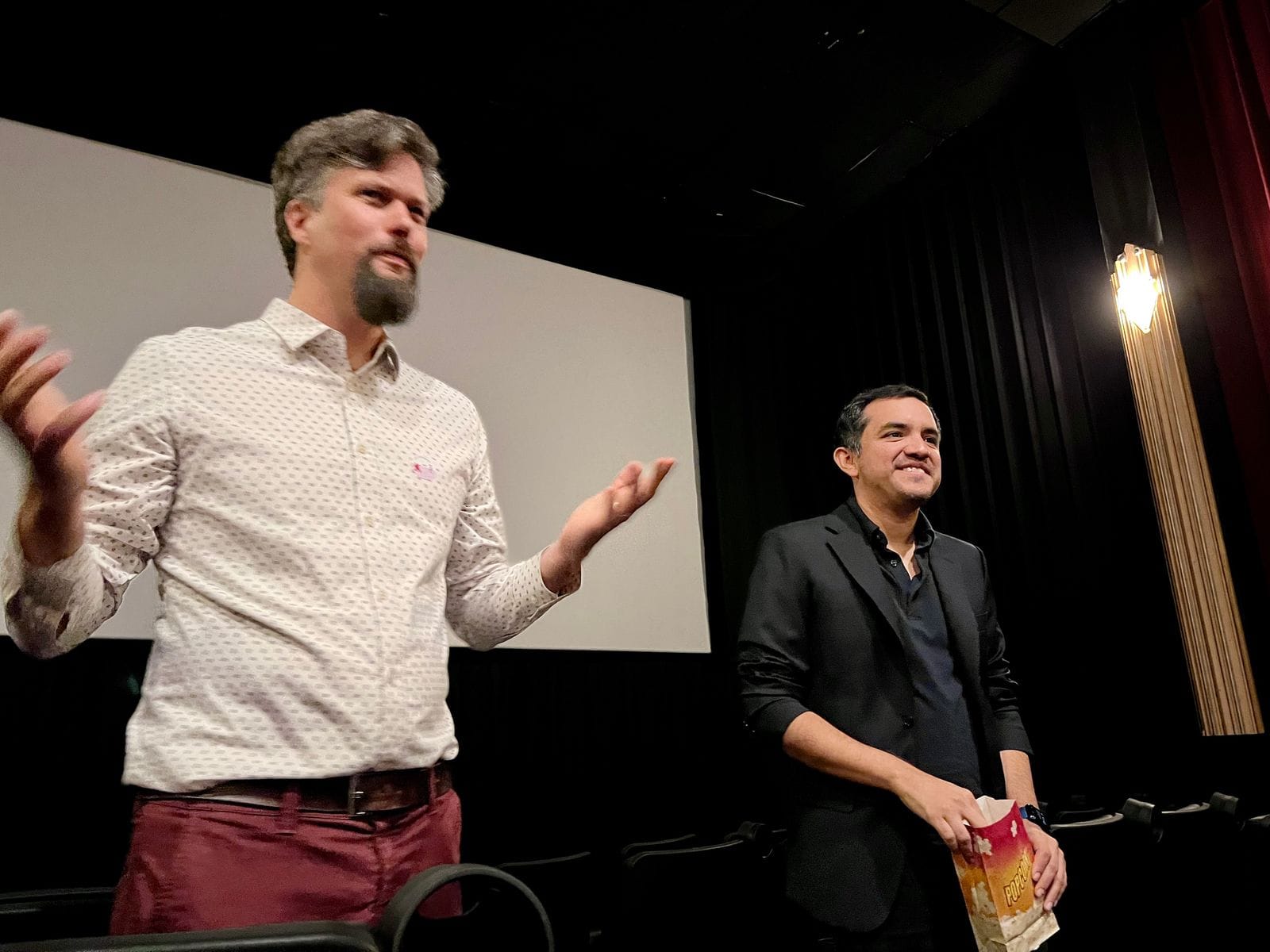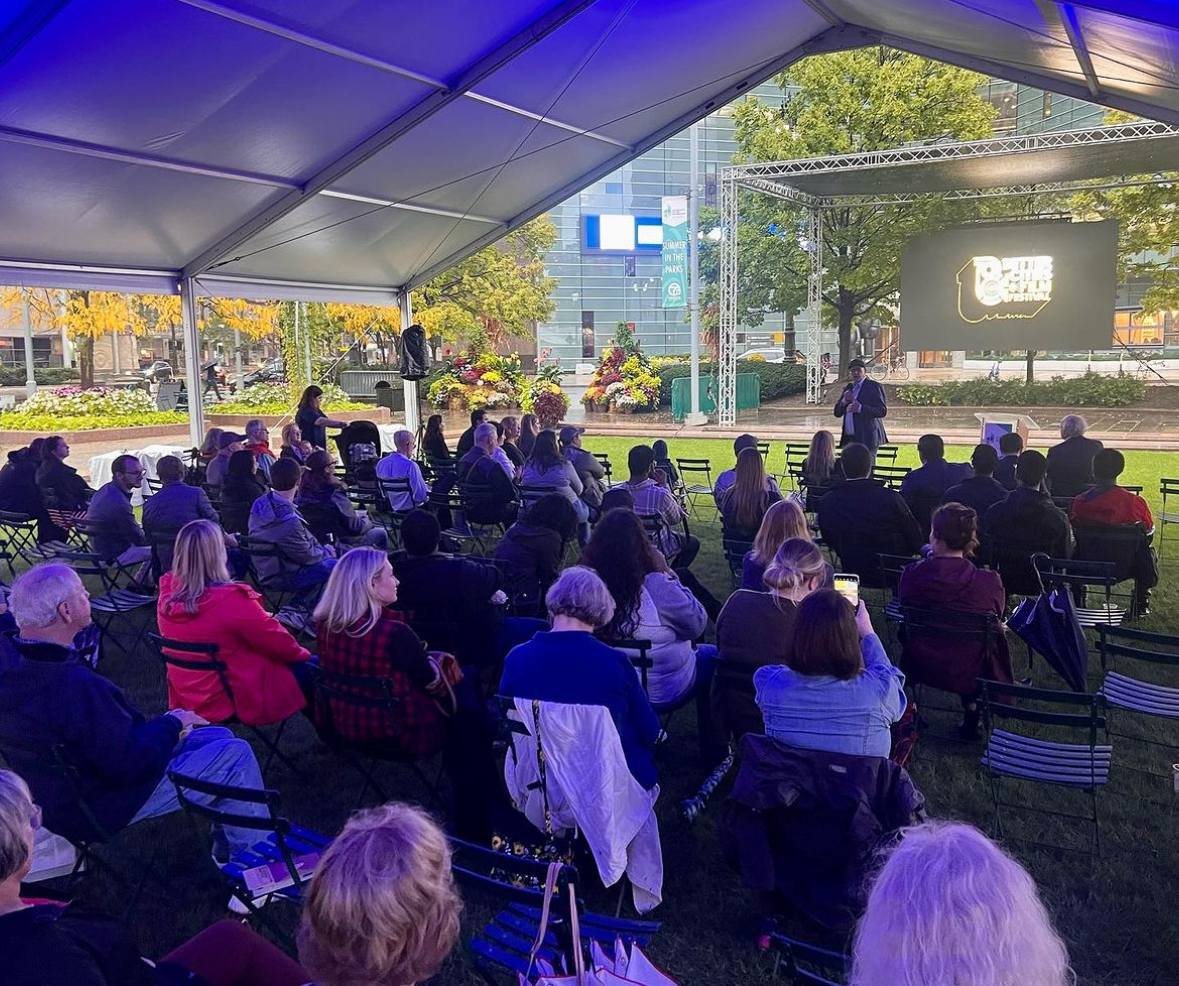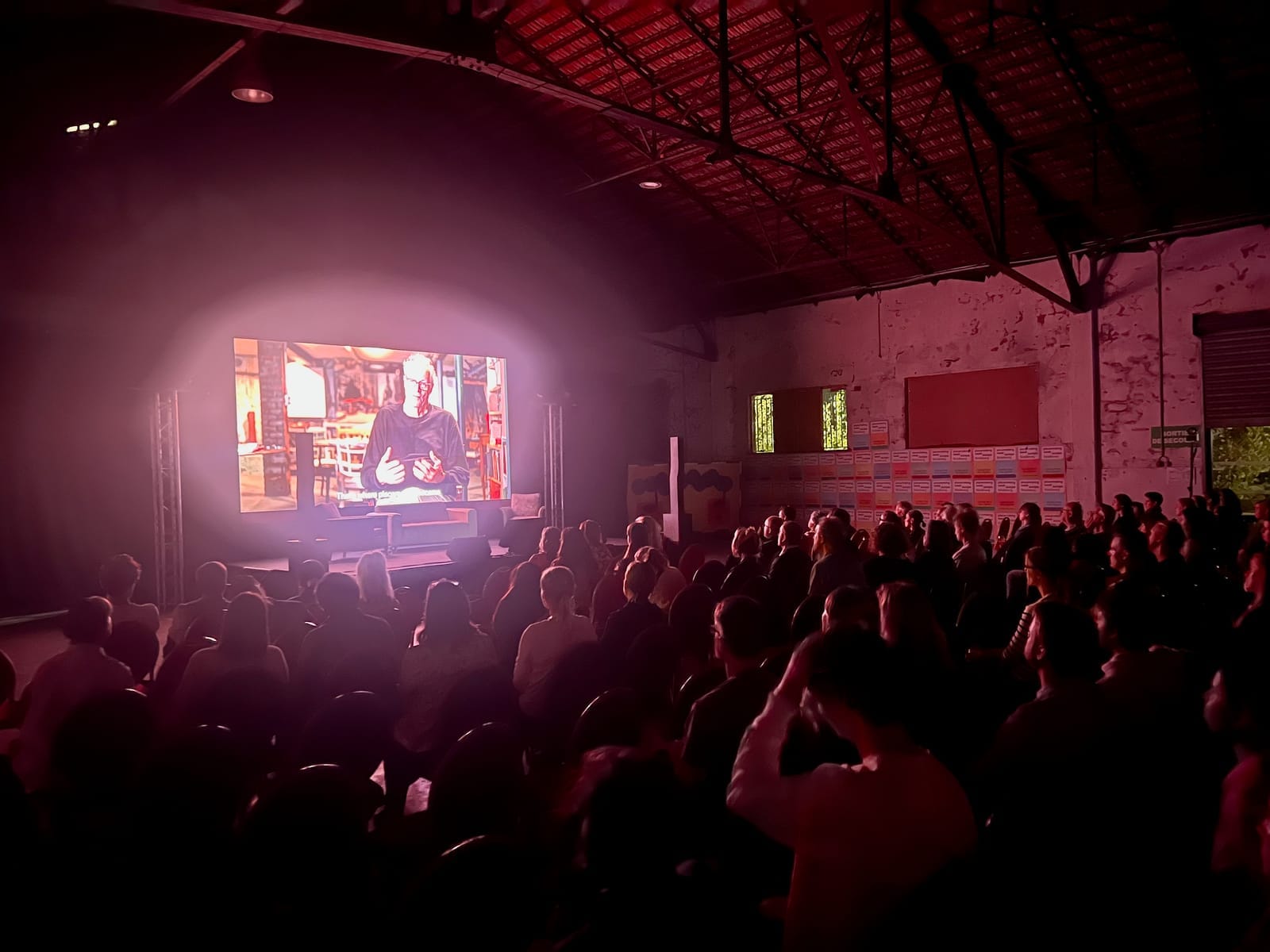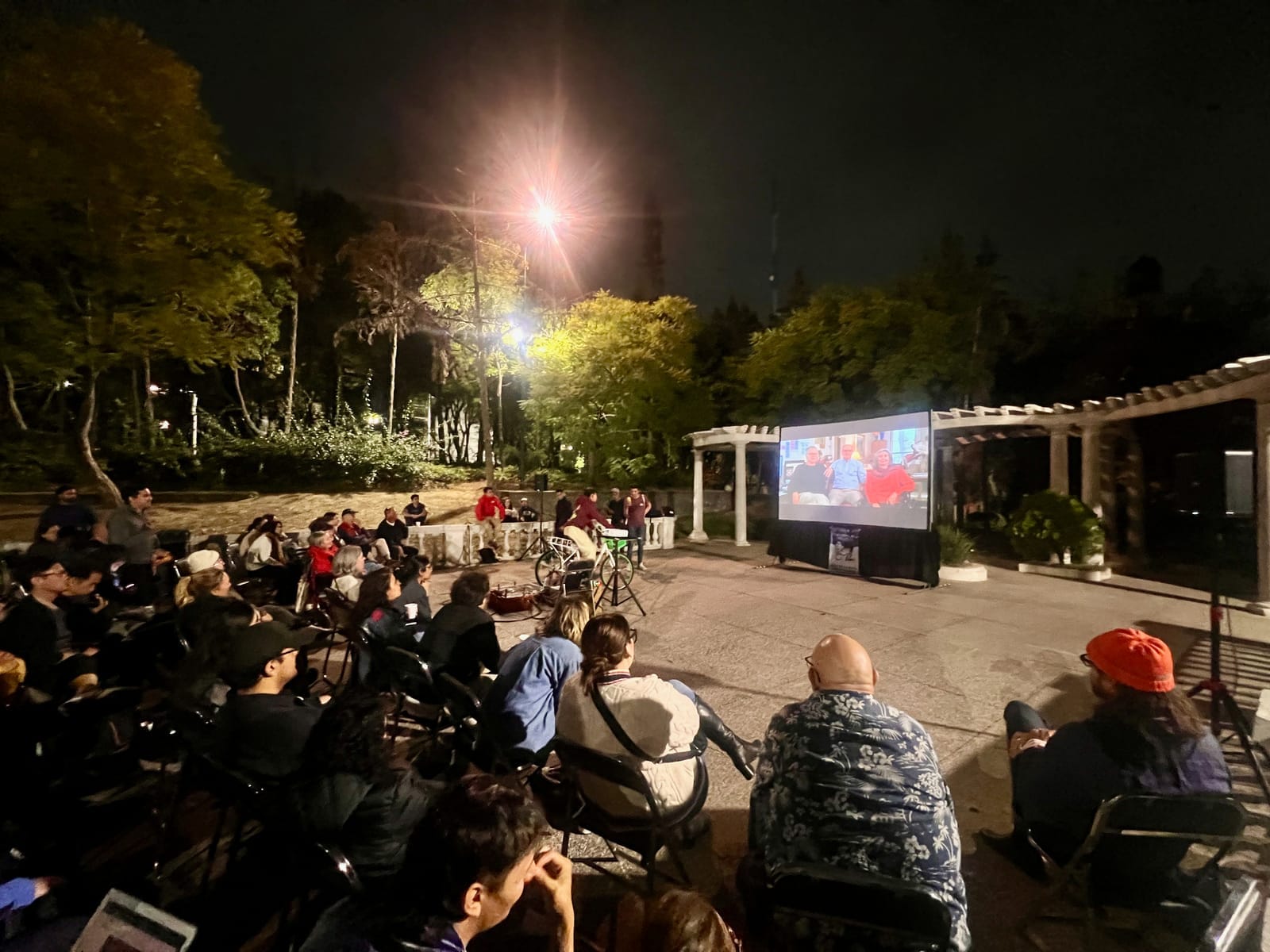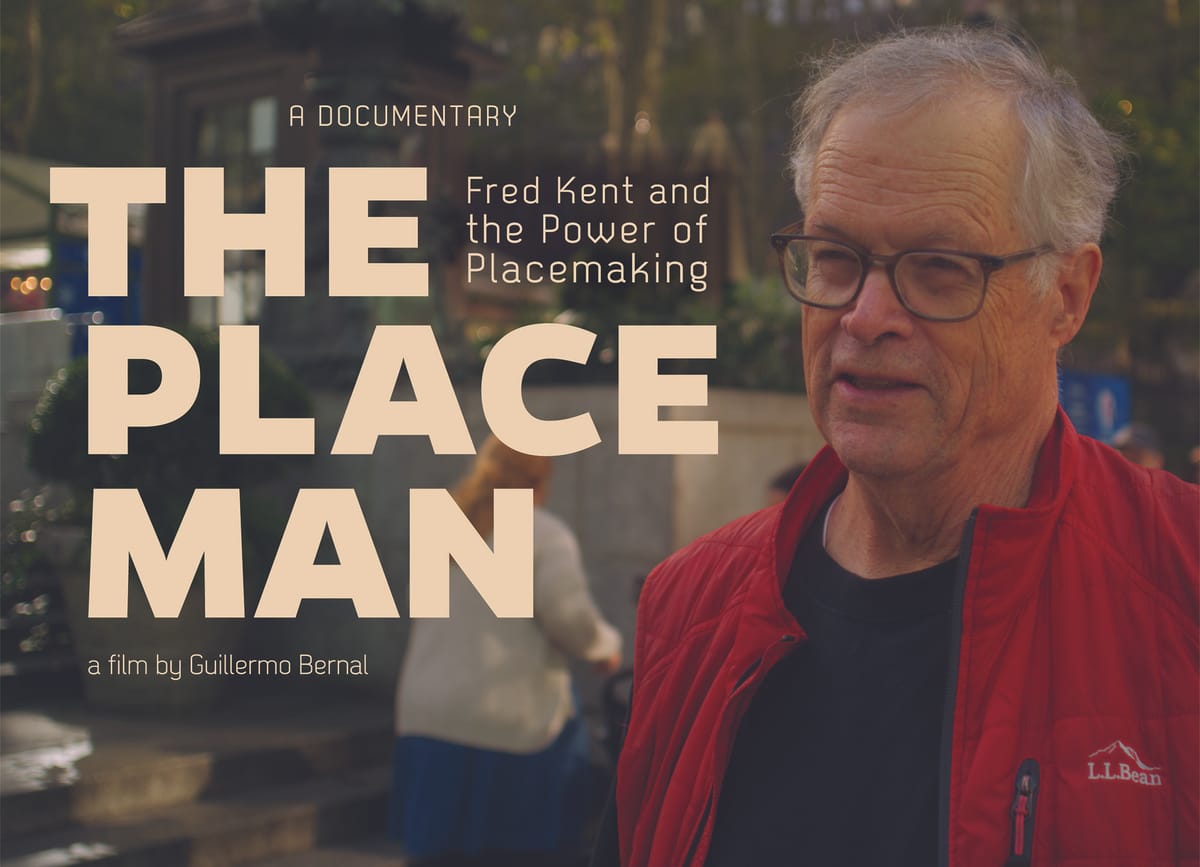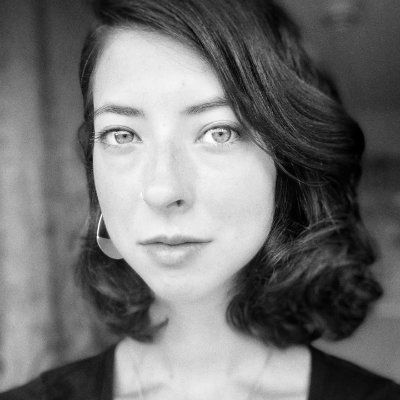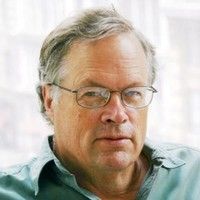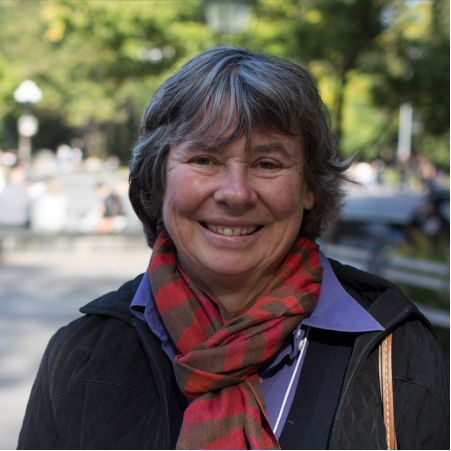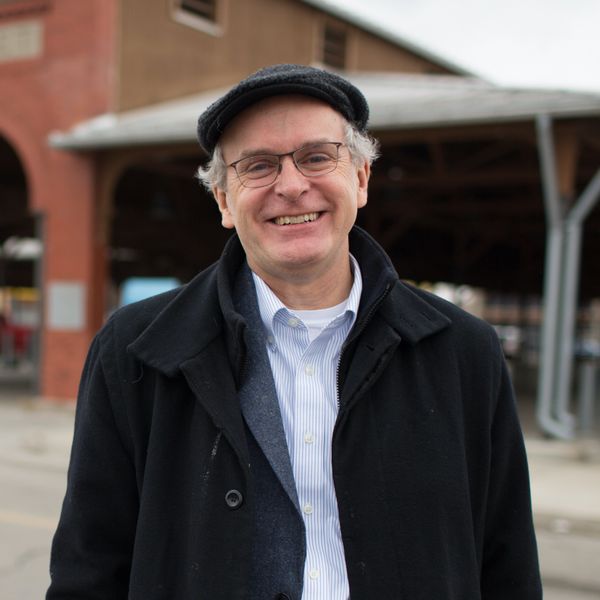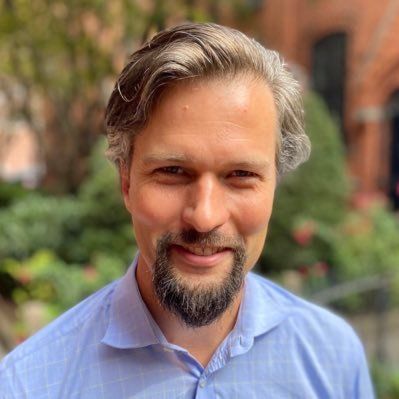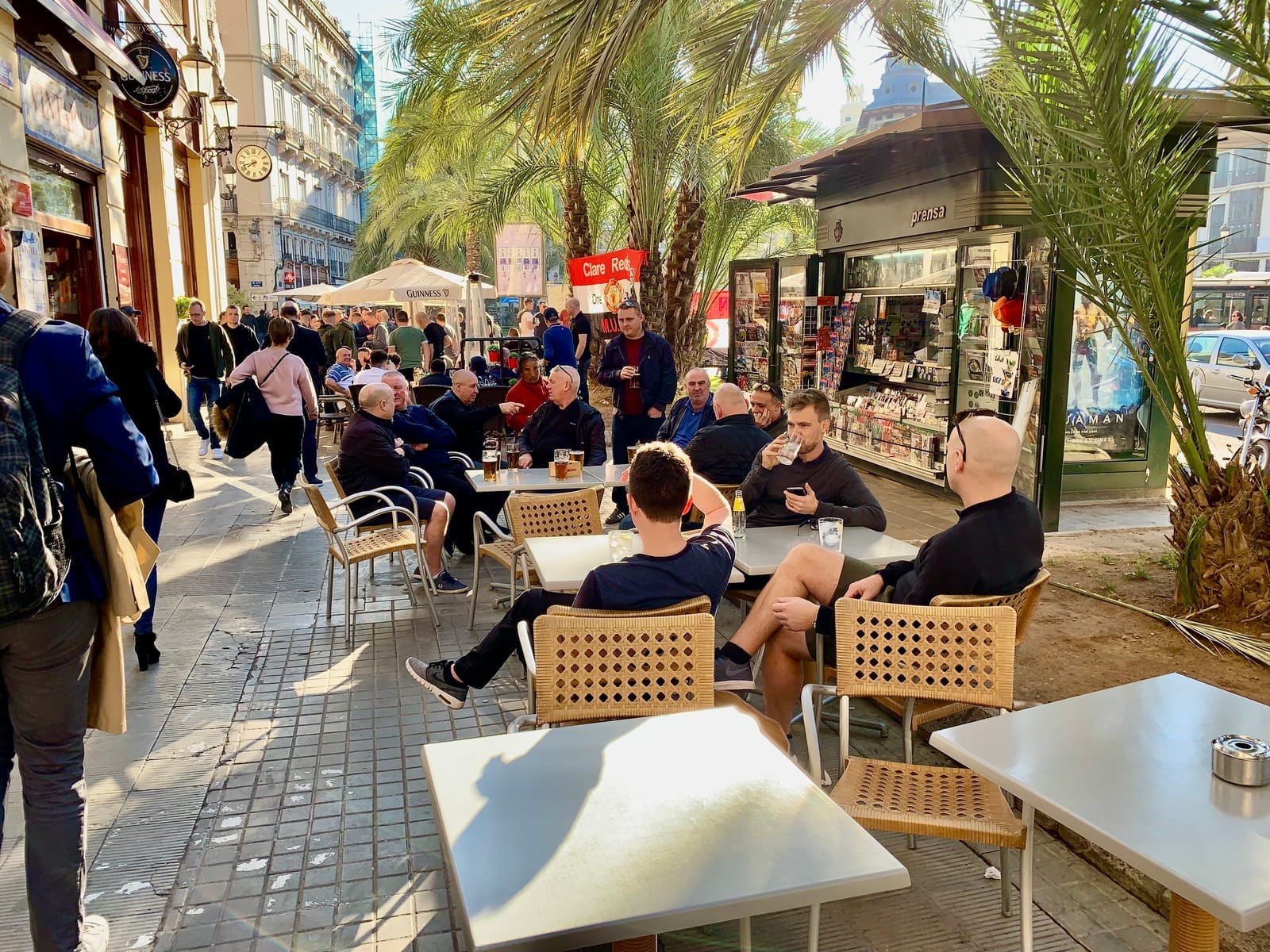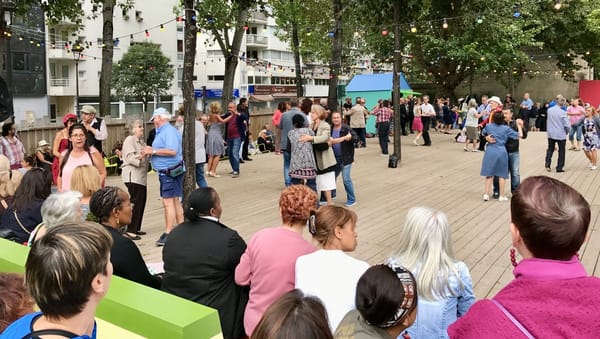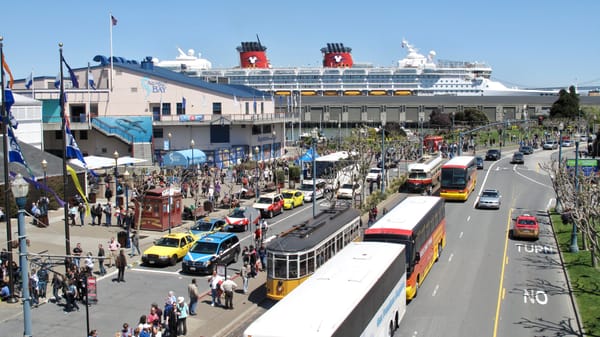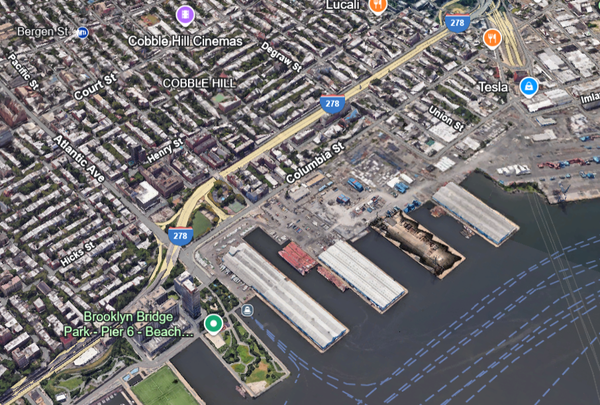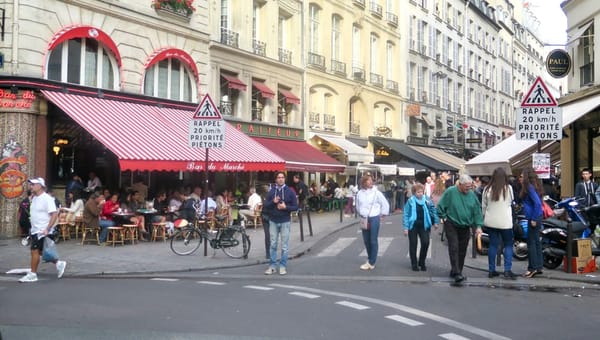As we transition from 2024 to 2025, we want to look back at our articles from the year and highlight our favorites. We've written a lot about how small or overlooked public spaces can be transformed into vibrant destinations and turned into the heart of communities. The key to a vibrant future defined by social life, strong communities, and a healthy population is maximizing the potential of the places that we share. In our articles, we show how that can be achieved and highlight what the wonderful outcomes can look like.
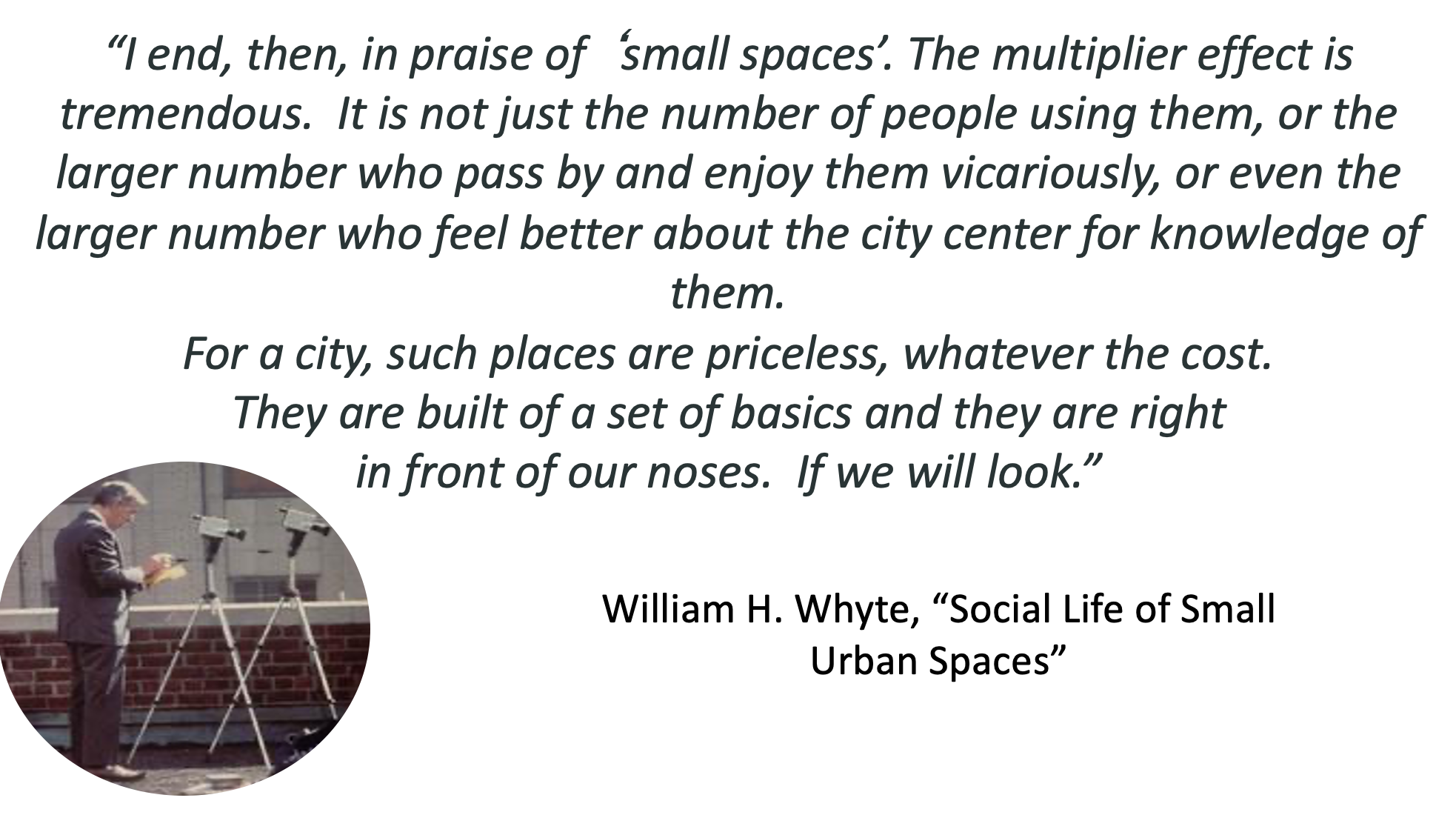
Our Team's Favorite Articles from 2024
Fred:
We've written a lot of great articles about our second home – Delray Beach in Florida – so my pick for the year would have to be our article on how to transform Delray Beach's Atlantic Avenue into the best main street in north America. The street is almost there, brimming with potential, and a few simple changes can take it to the next level. What's more, this guide is not place specific. It can be used to help revitalize main streets across the nation.
Atlantic Avenue's greatness is defined by a few amazing shared space intersections that deliver a uniquely joyful setting which every community would cherish. Shared space is where people, vehicles, and even pets can connect. It is built on a set of important basics such as outdoor seating and external displays of goods (what we call inside-out design), narrow streets that slow cars down, amenities, plenty of shade and lights, and an abundance of things to see and do.
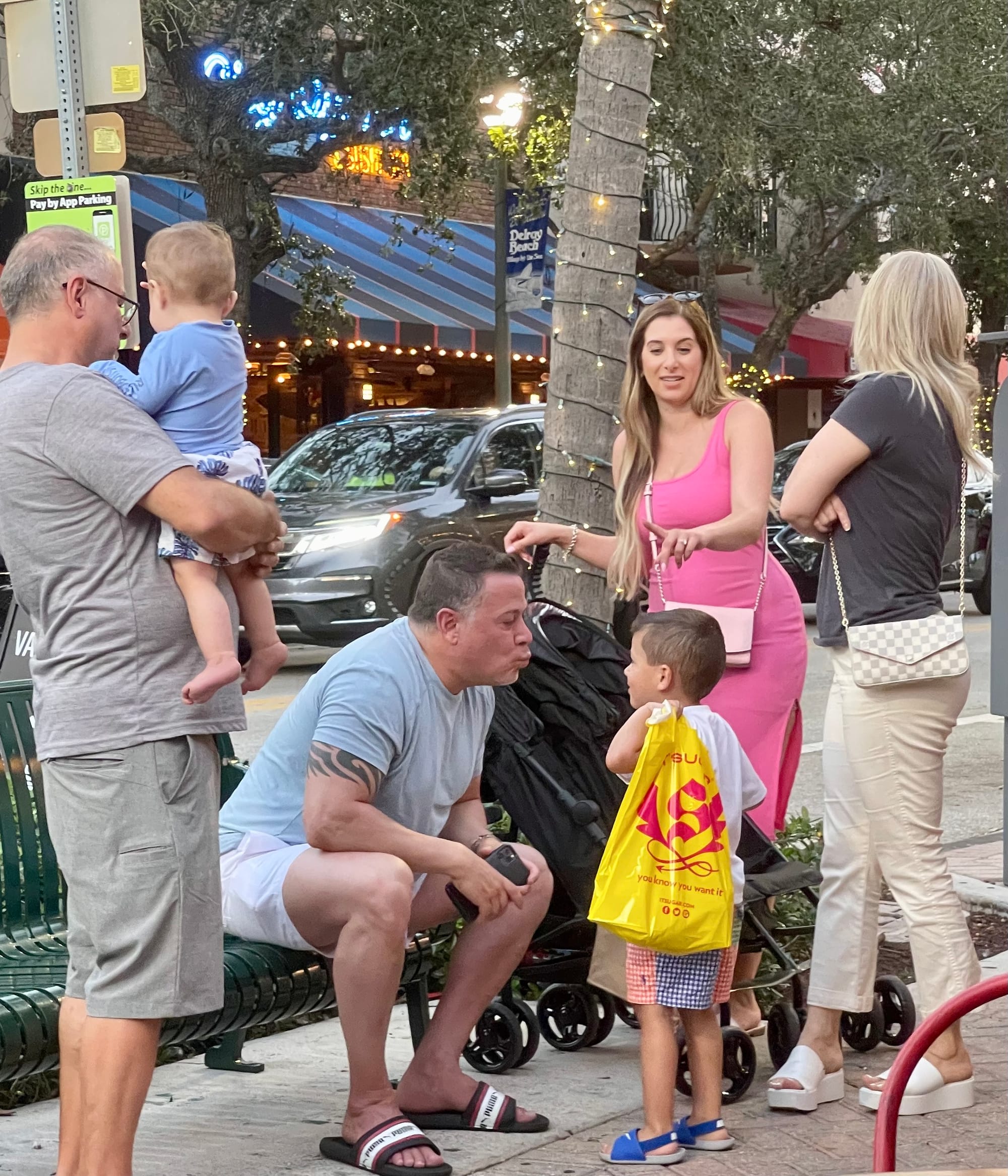
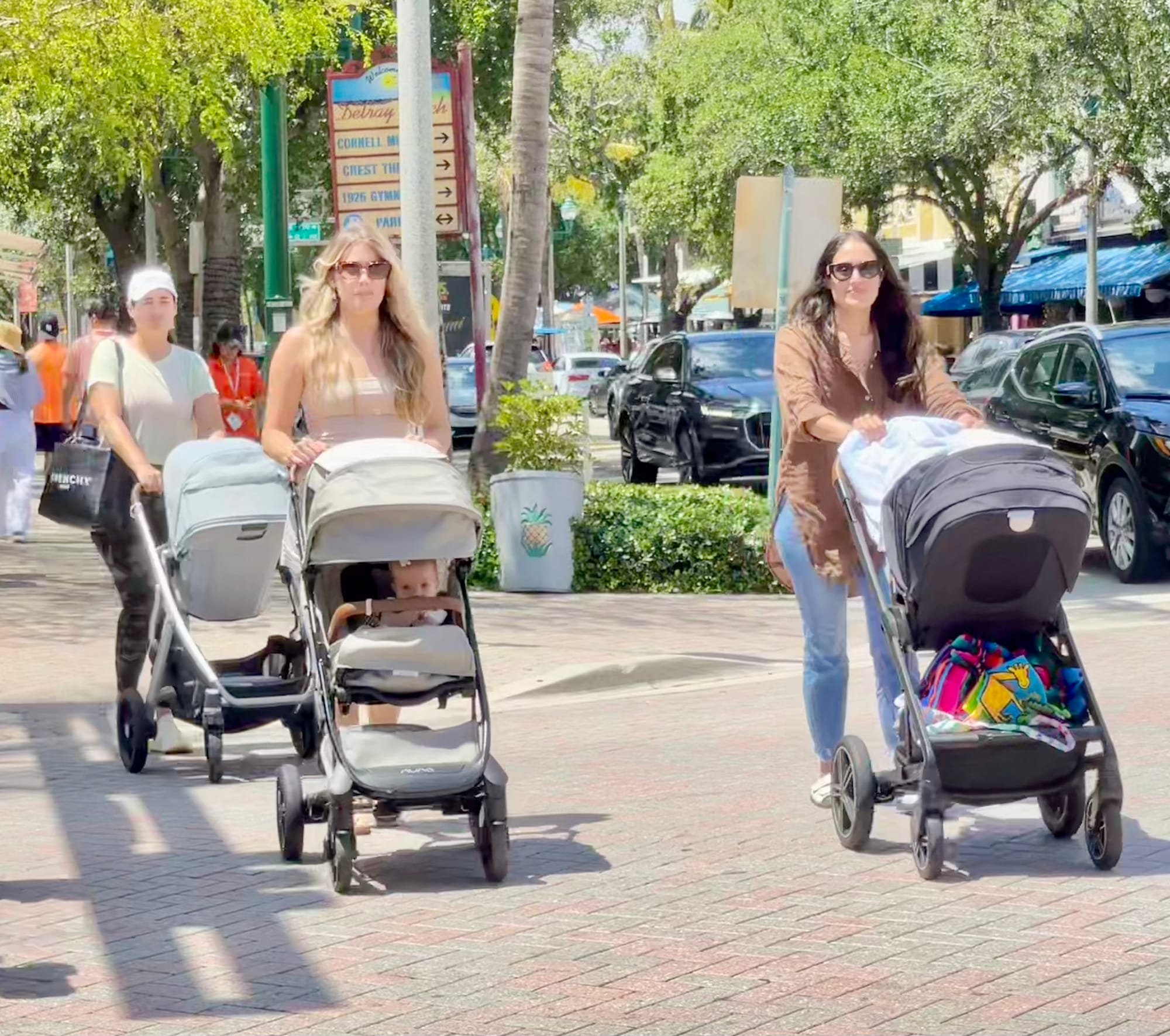
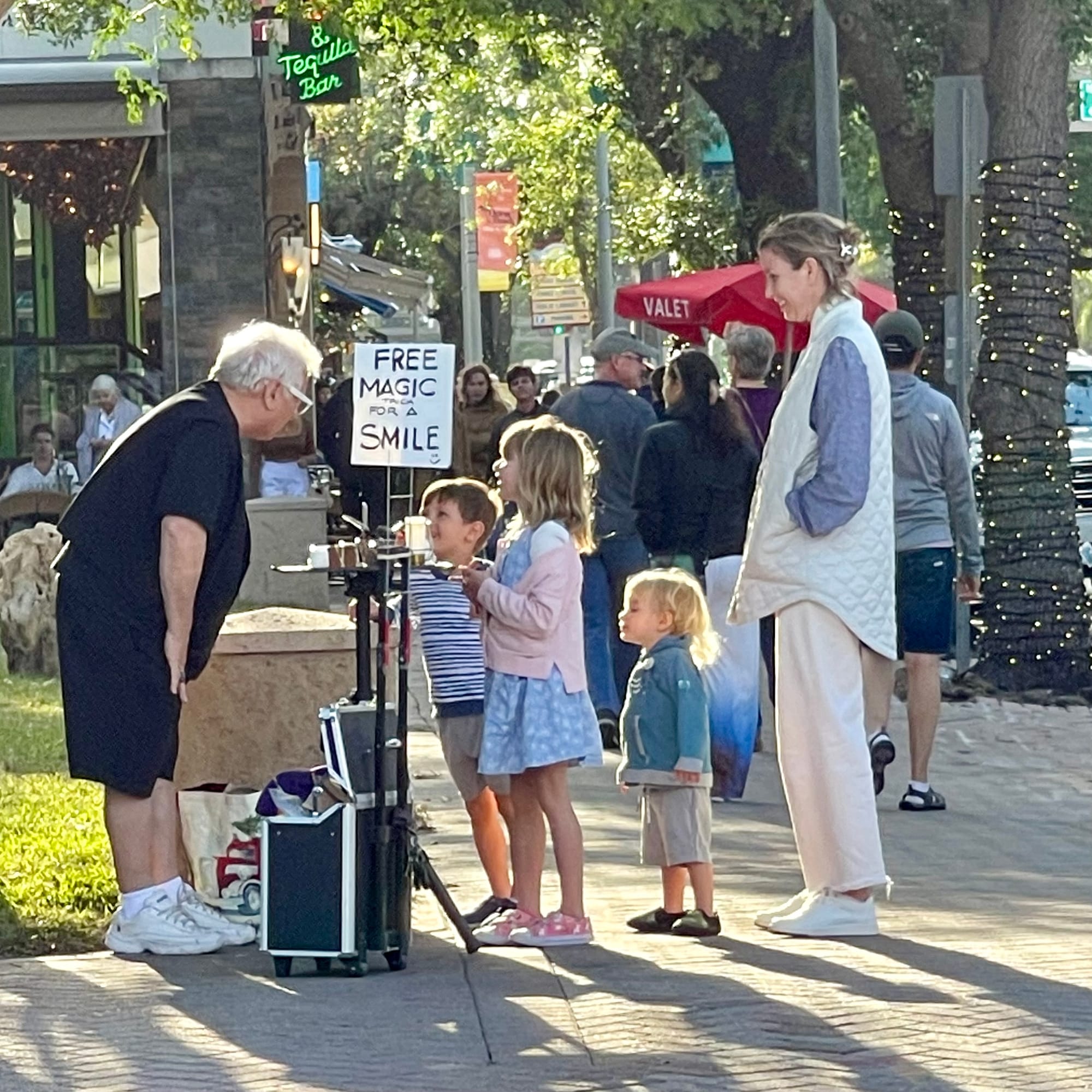
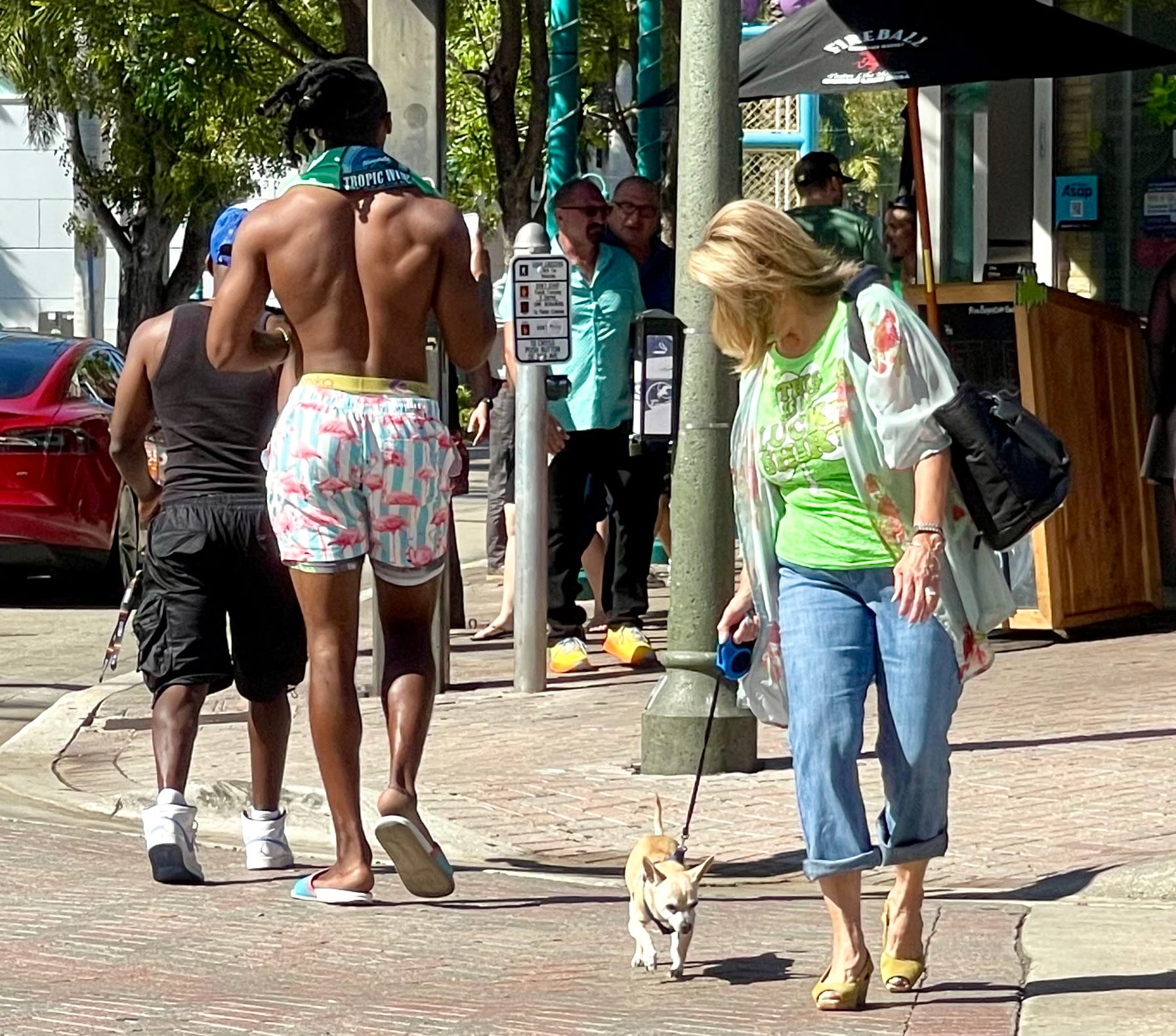
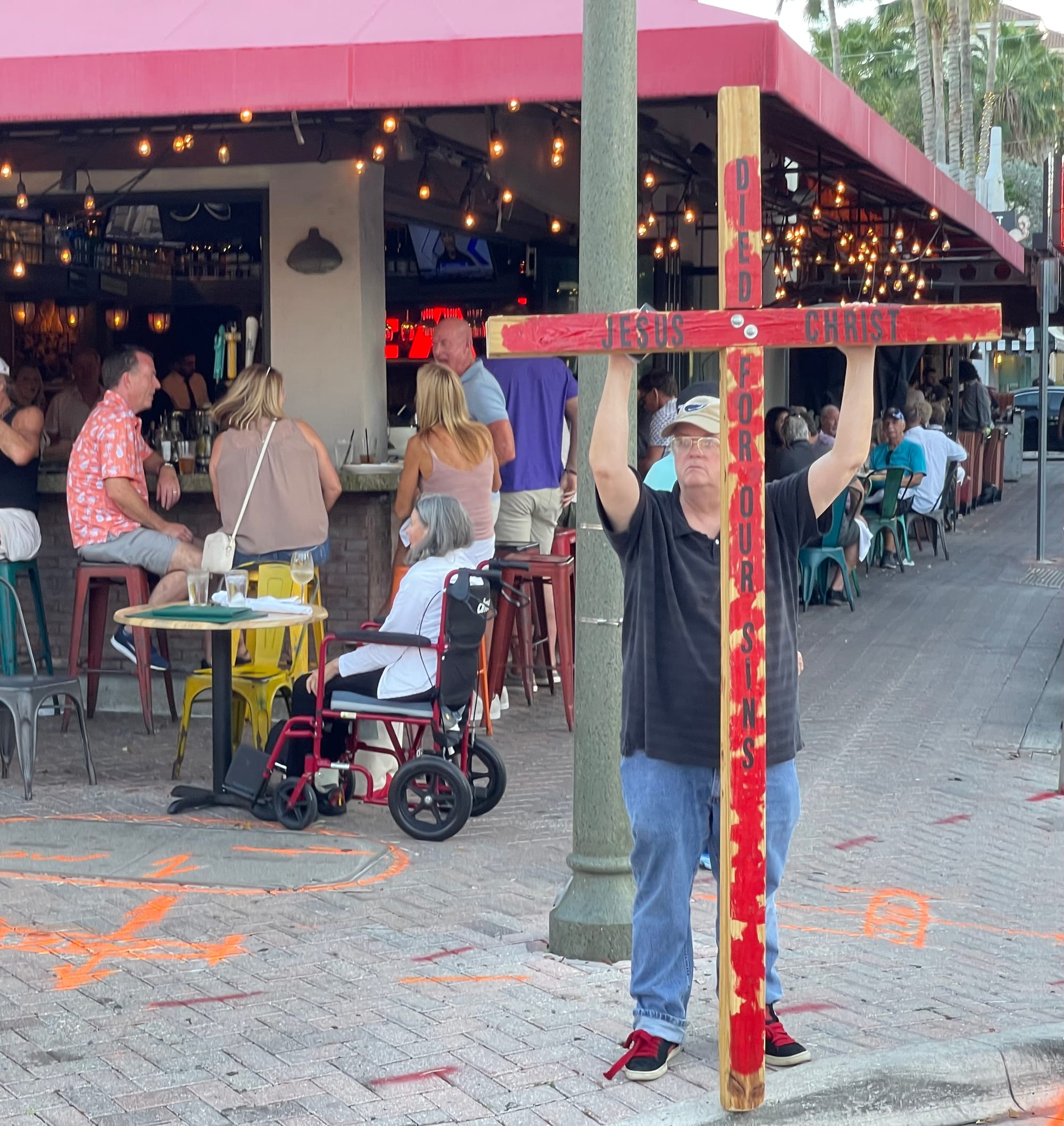
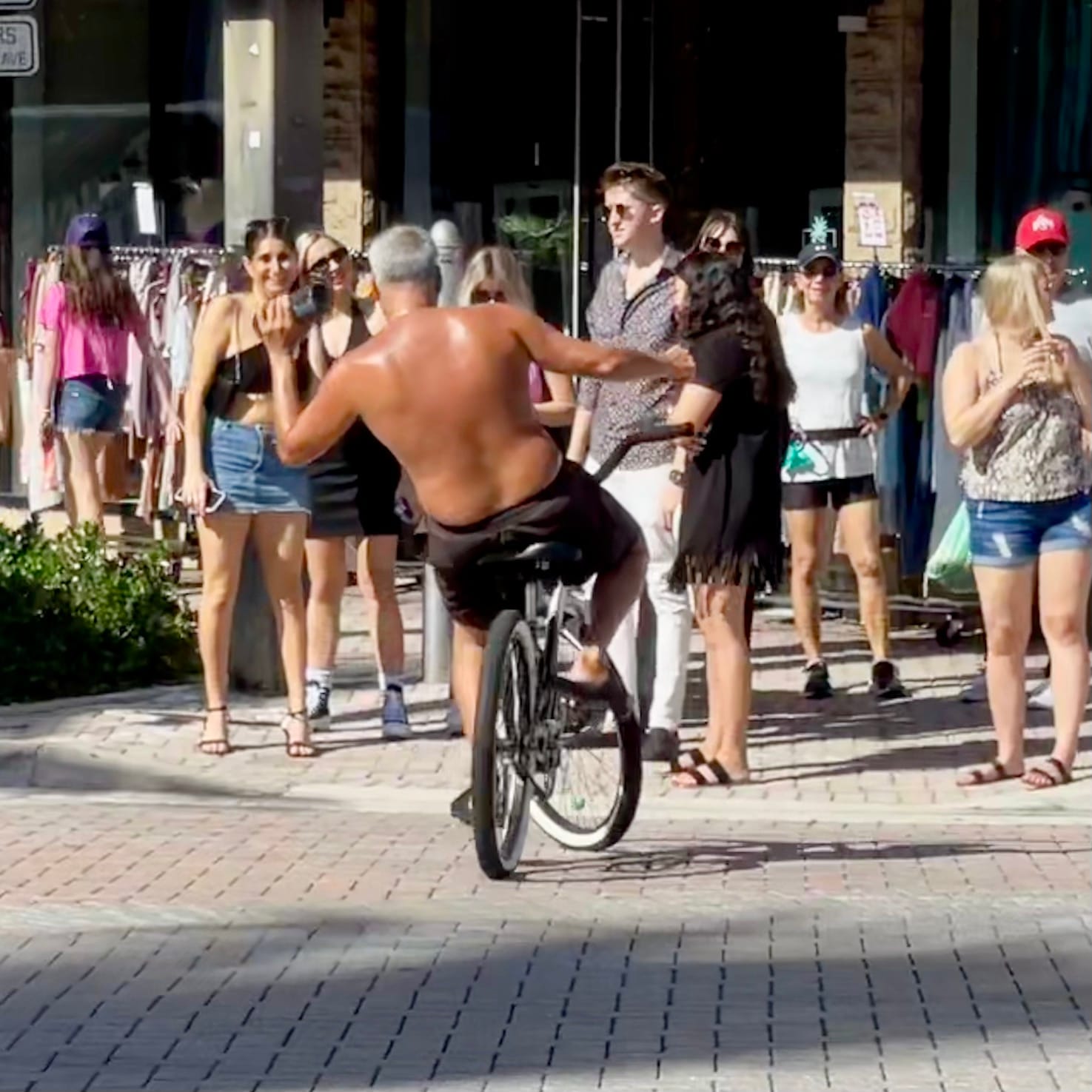
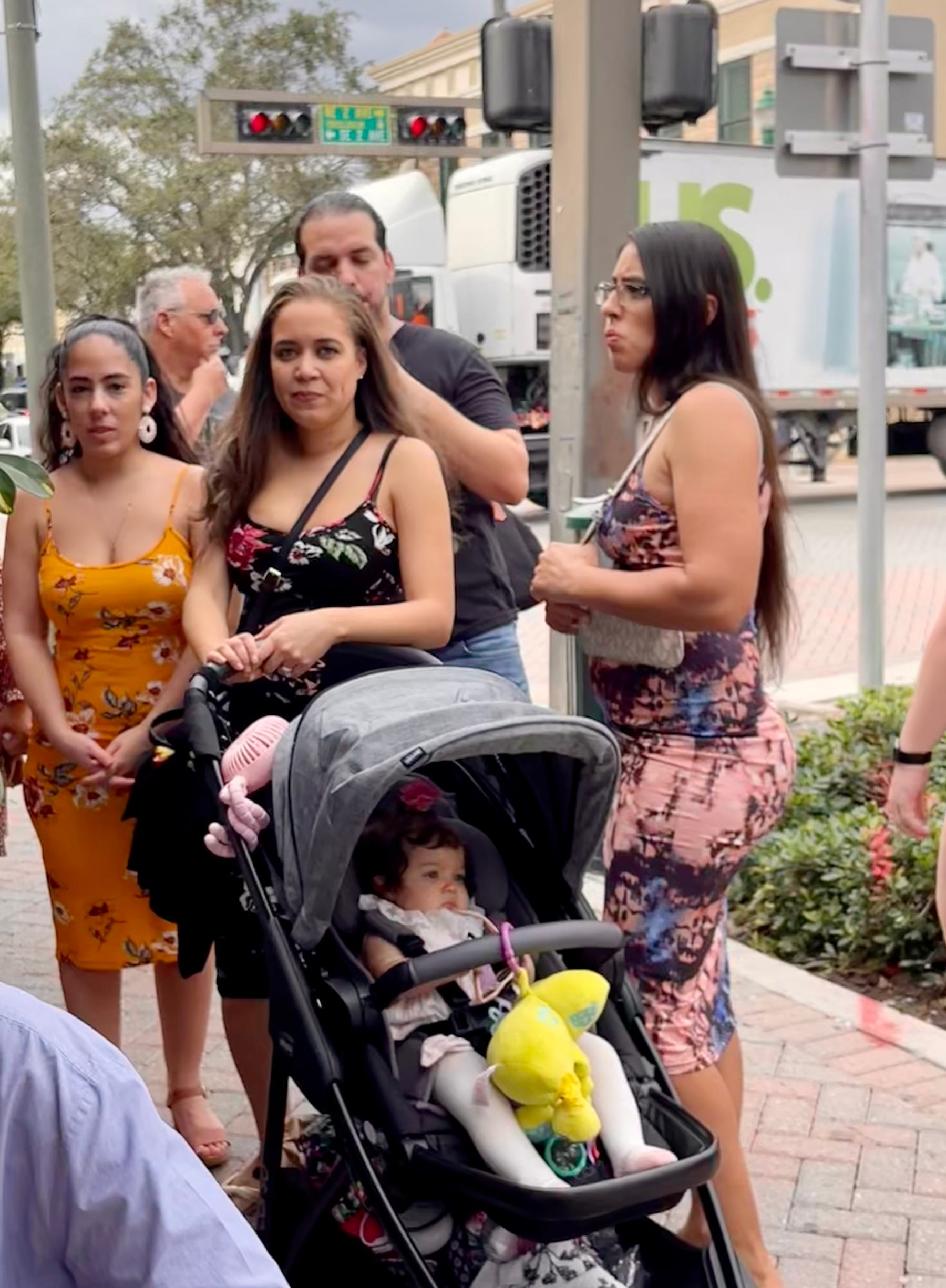
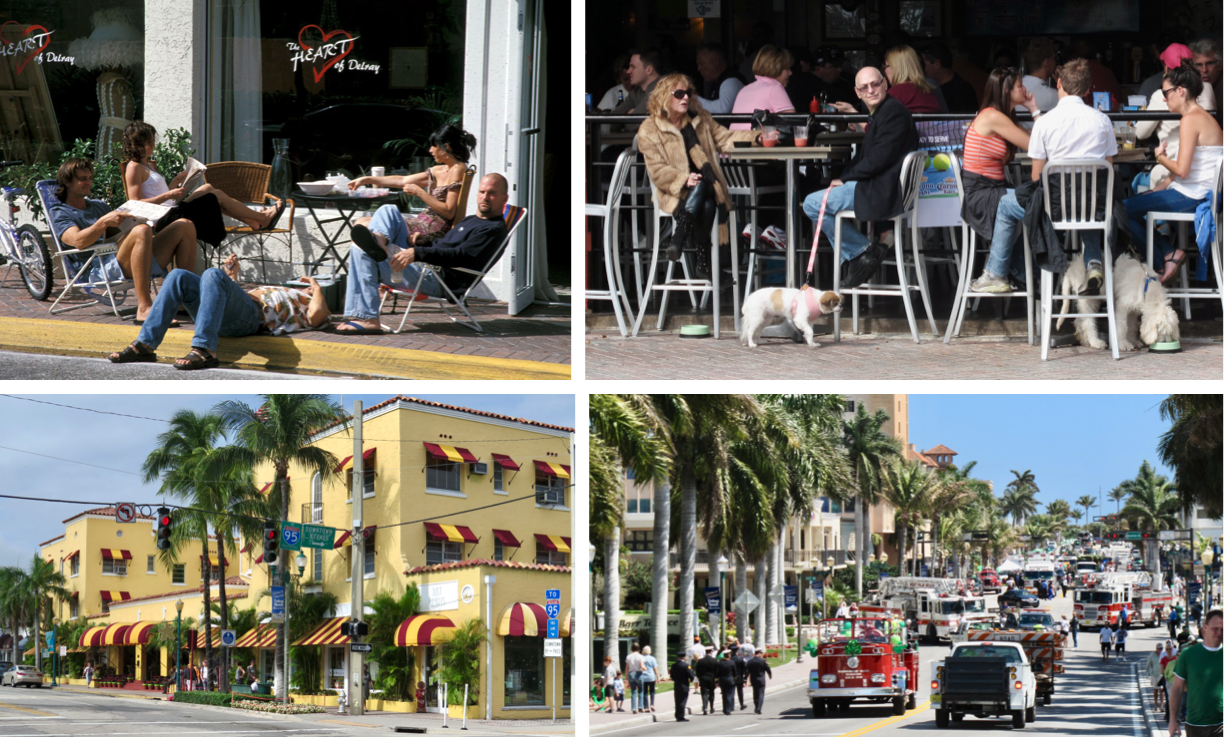
Kathy:
I love our close look at Tivoli Gardens in Copenhagen because it is a place so full of joy. It is the epitome of what we want great places to be – multi-layered, bustling with energy and activity, beautiful, engaging, and fun. It has something for everyone and visitors of all ages create amazing memories here. Tivoli Gardens is a fantastic example of how to attract interest and visitation and should serve as an example for other such places across the world.
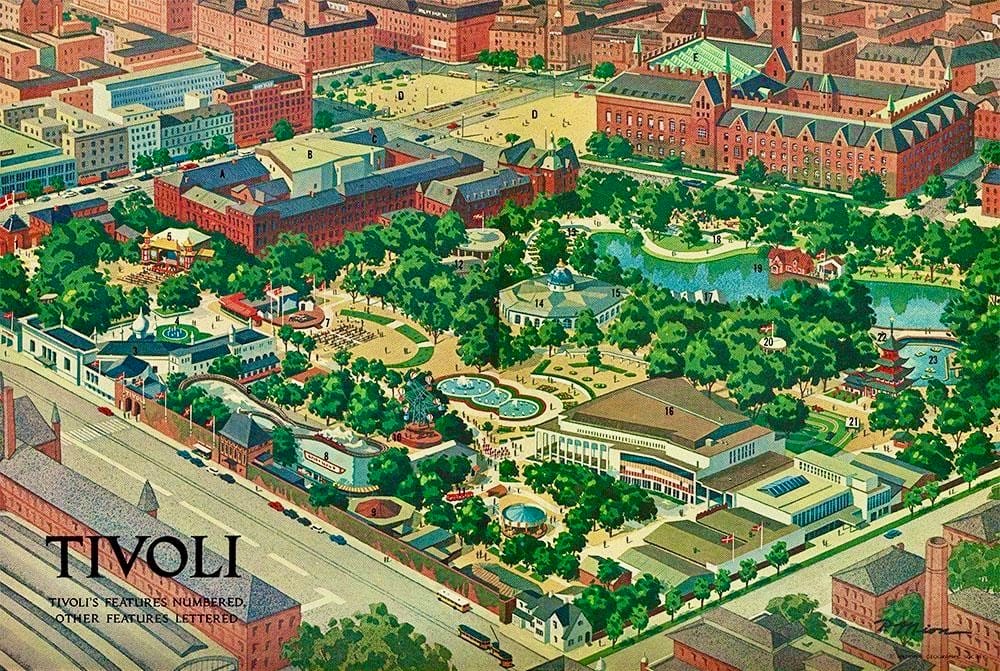
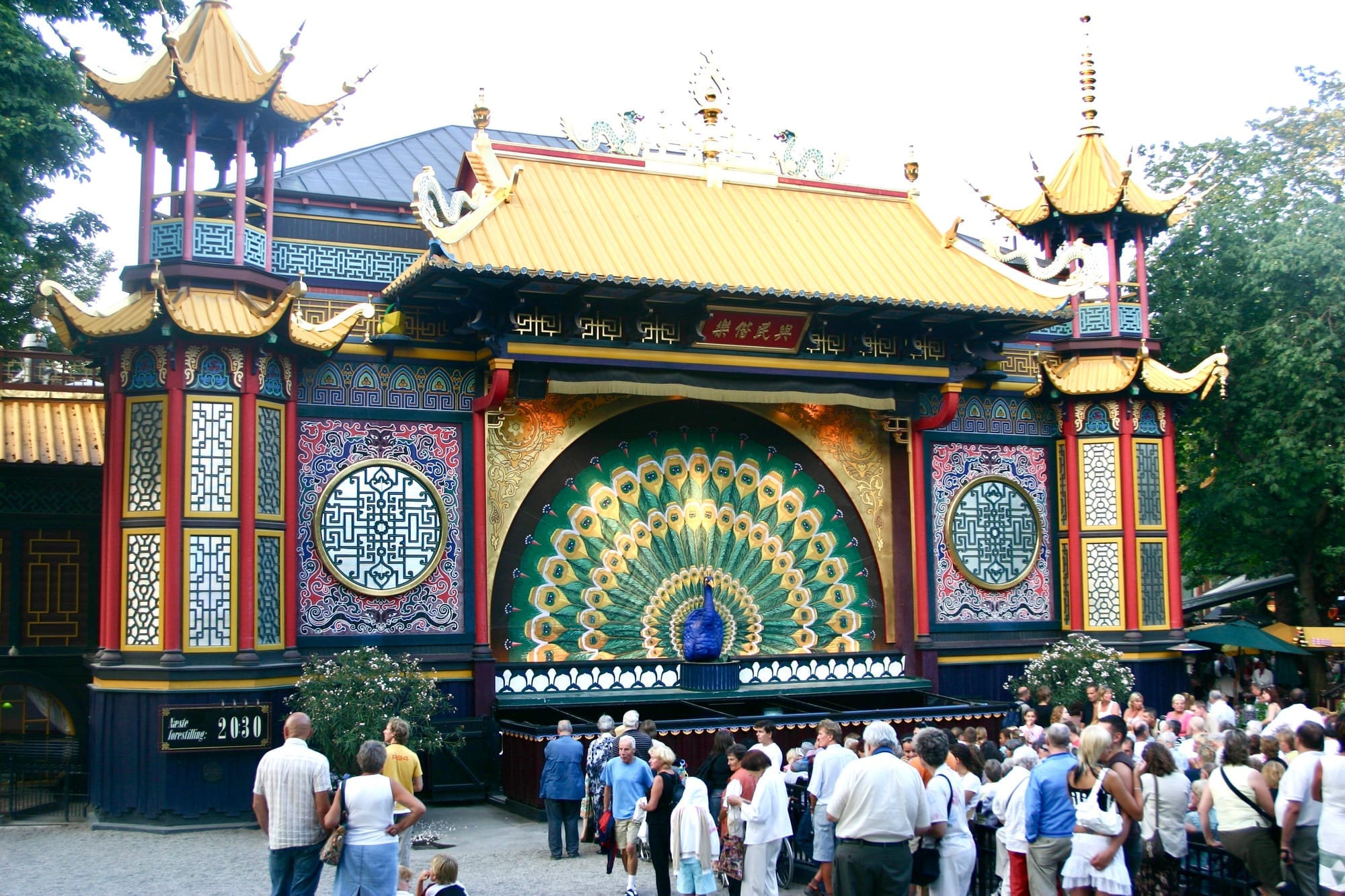
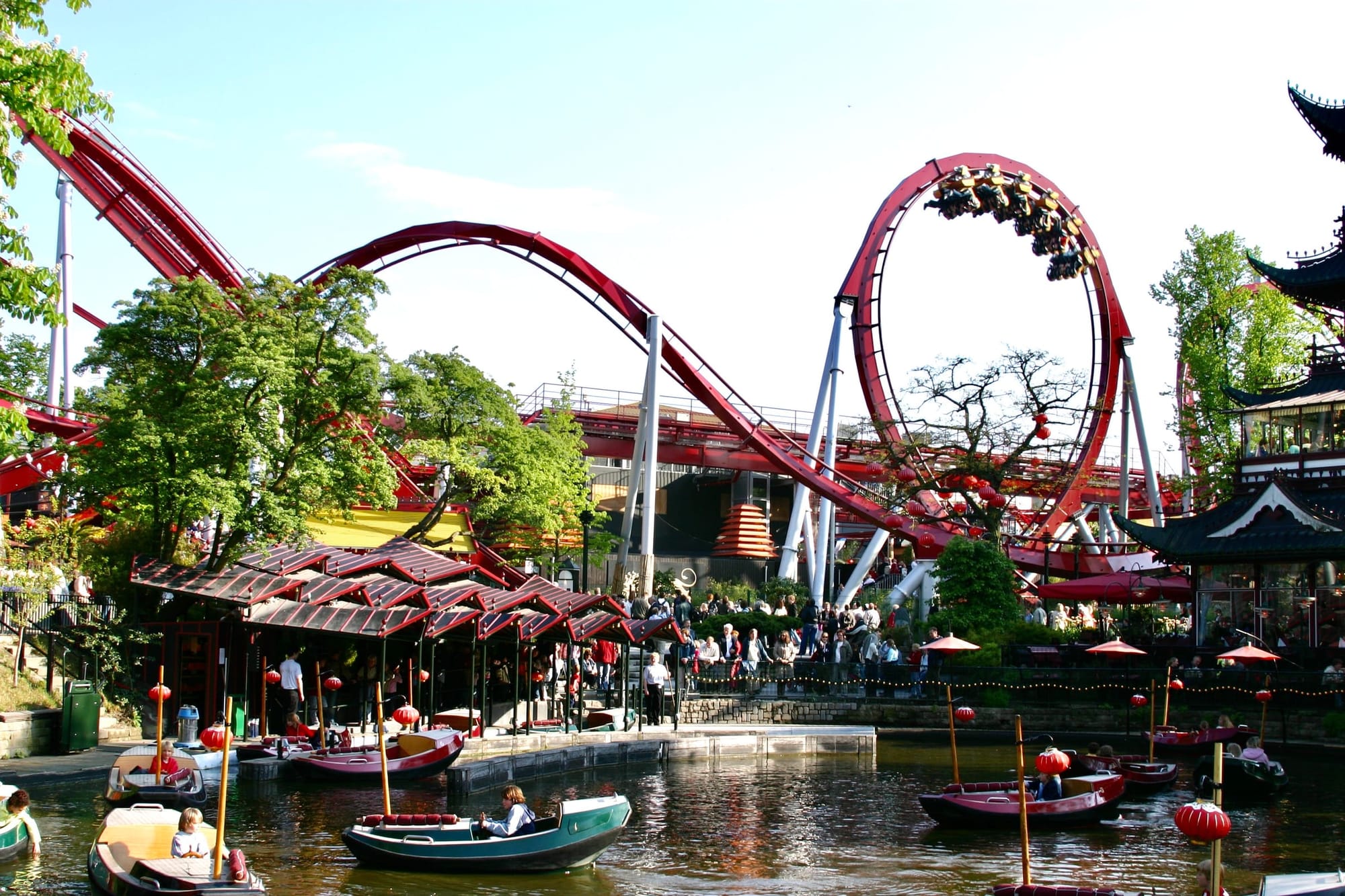
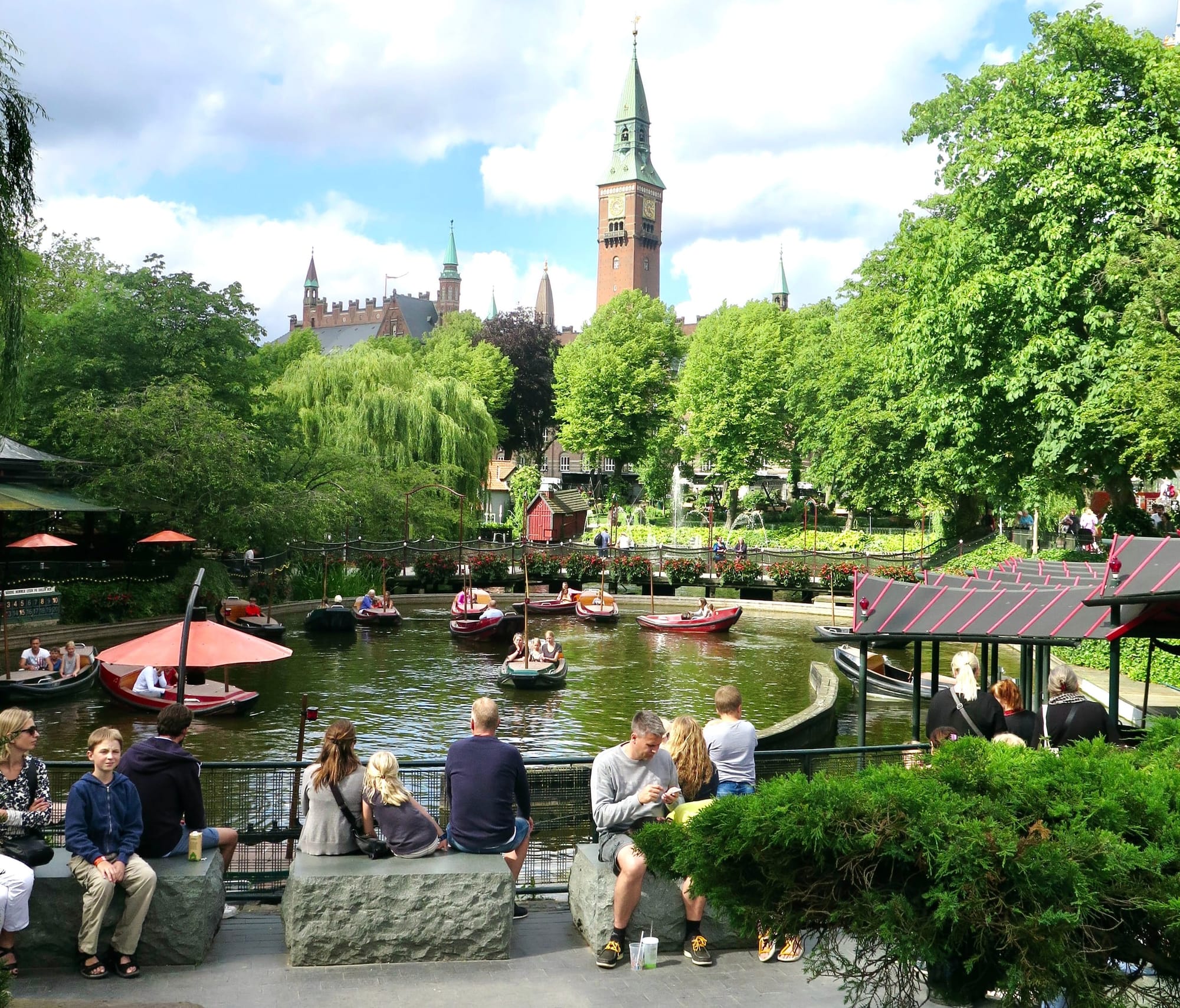
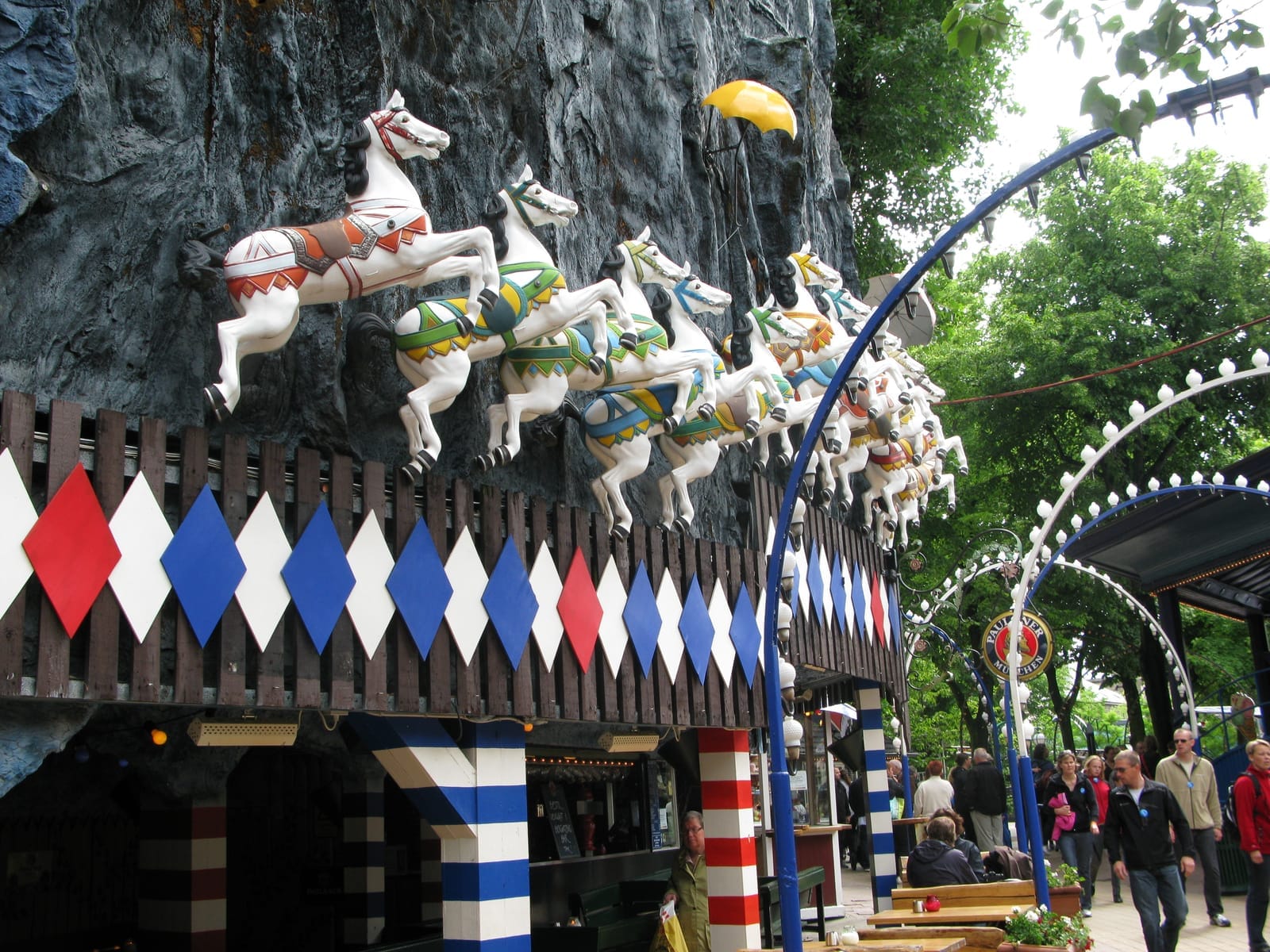
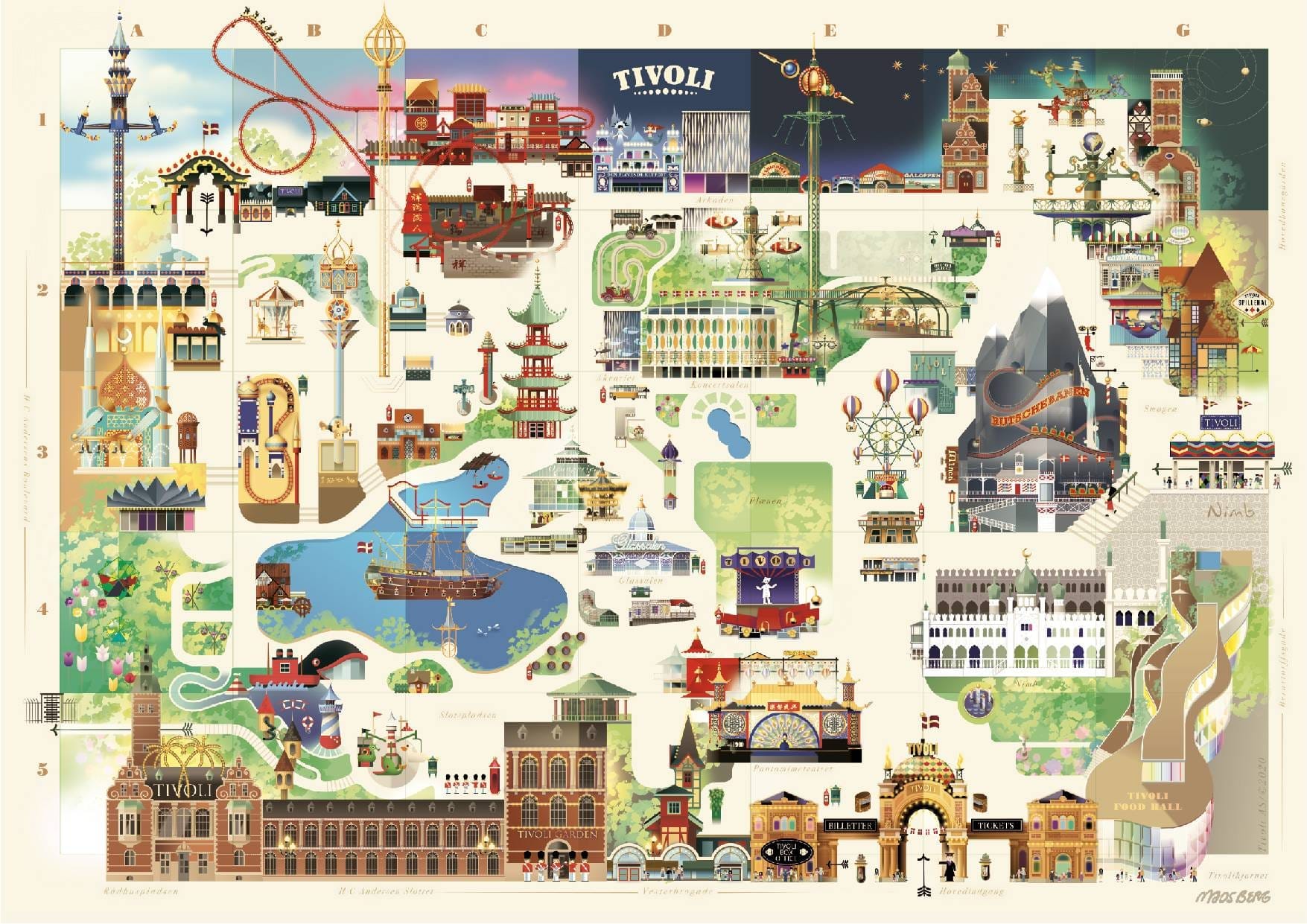
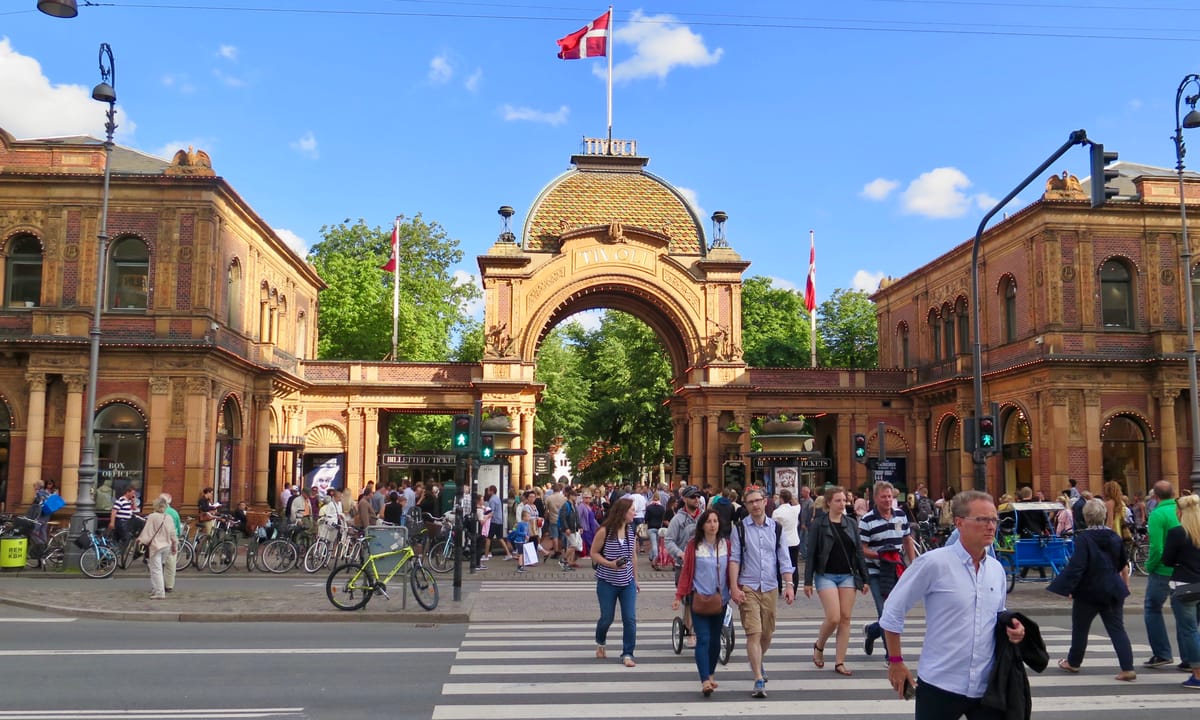
Steve:
My favorite (and not just because I helped write it) article from this year is this piece that describes how crucial public space activation is to public markets' economic success. I especially enjoyed going back and learning that the public spaces in two projects we helped design (Flint Farmers' Market and NewBo City Market) were not just working well – they were off-the-charts successful in terms of supporting local engagement and creating community social connections. Ten years after they were constructed, the public spaces have taken on a Social Life of their own. This is a story worth telling!
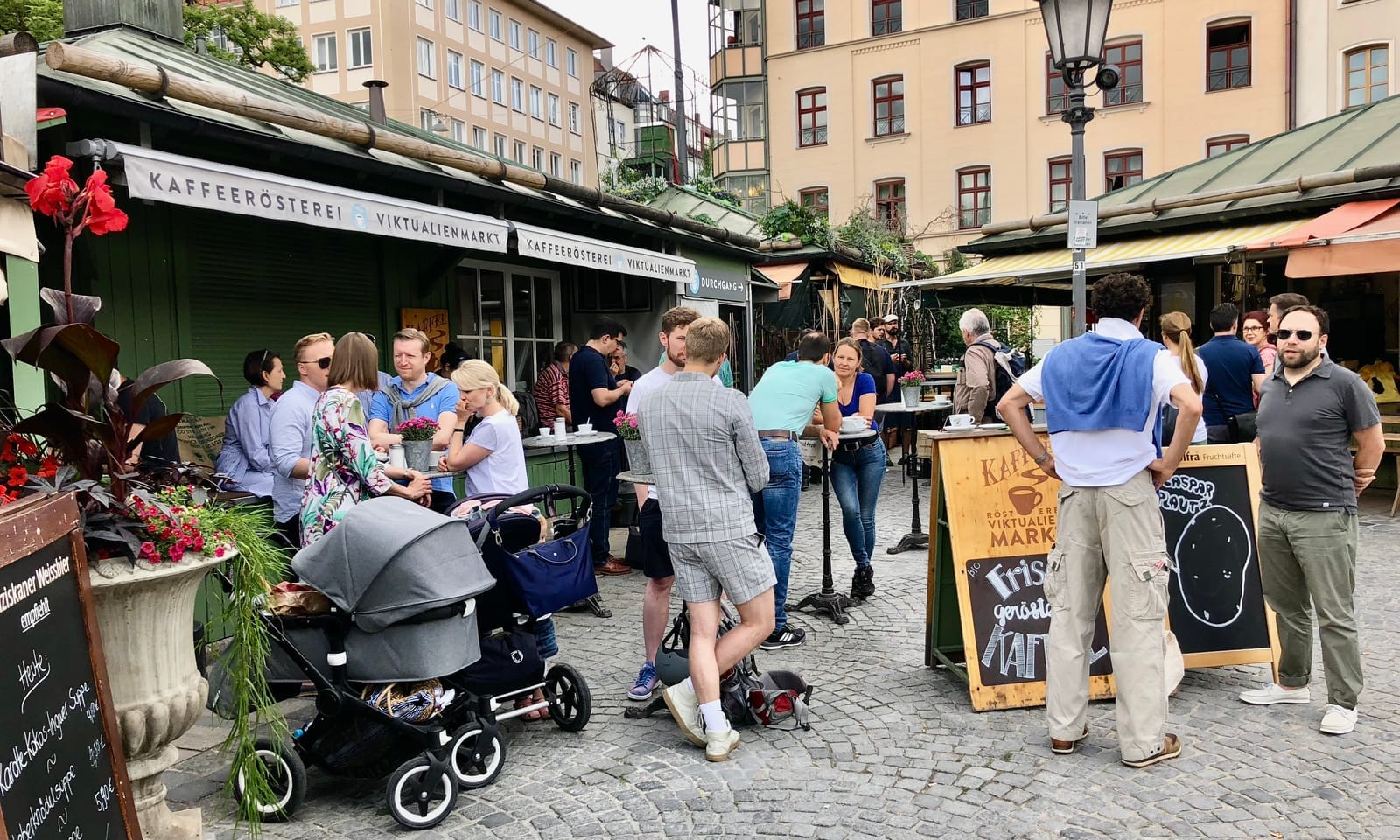
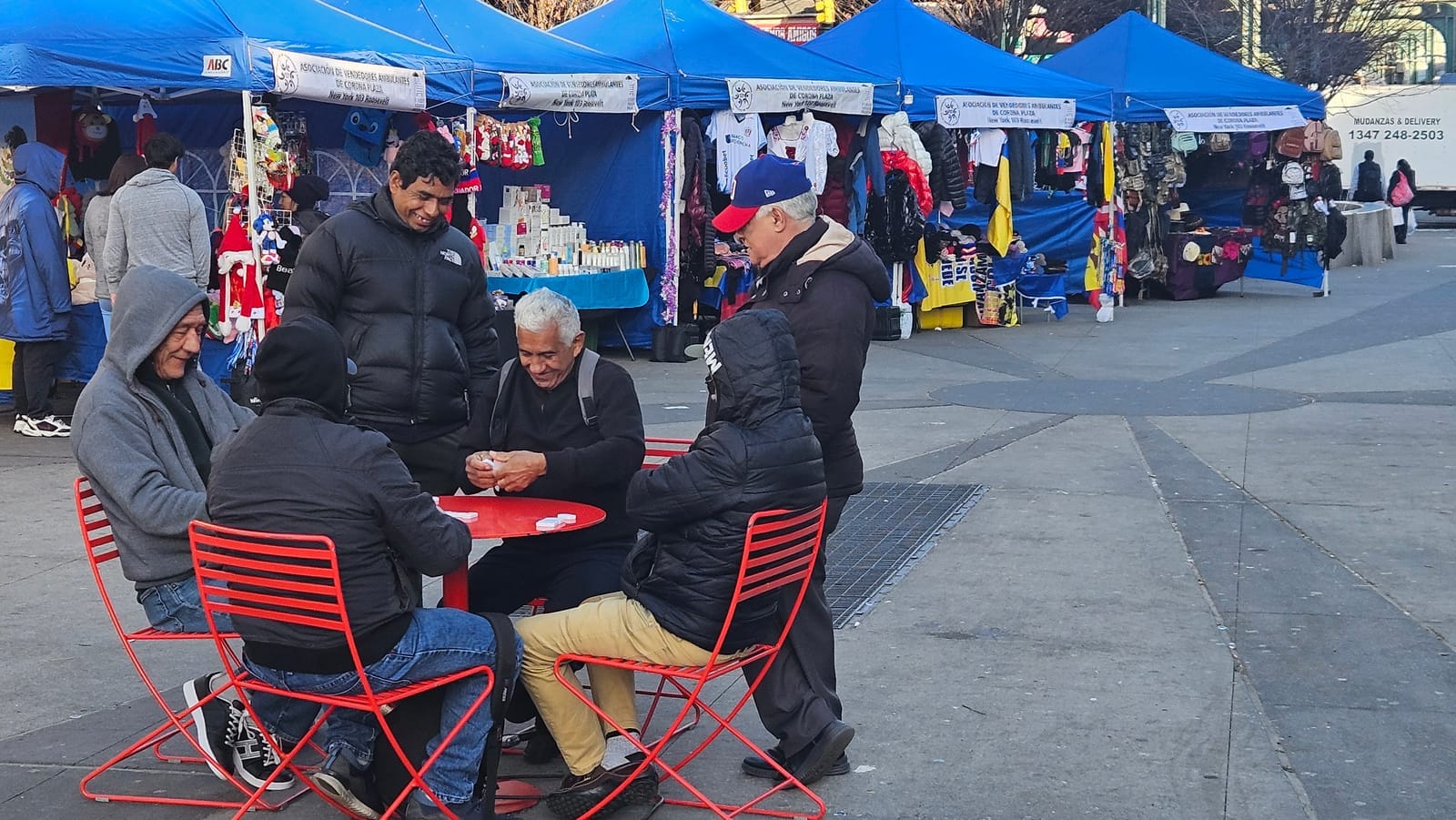
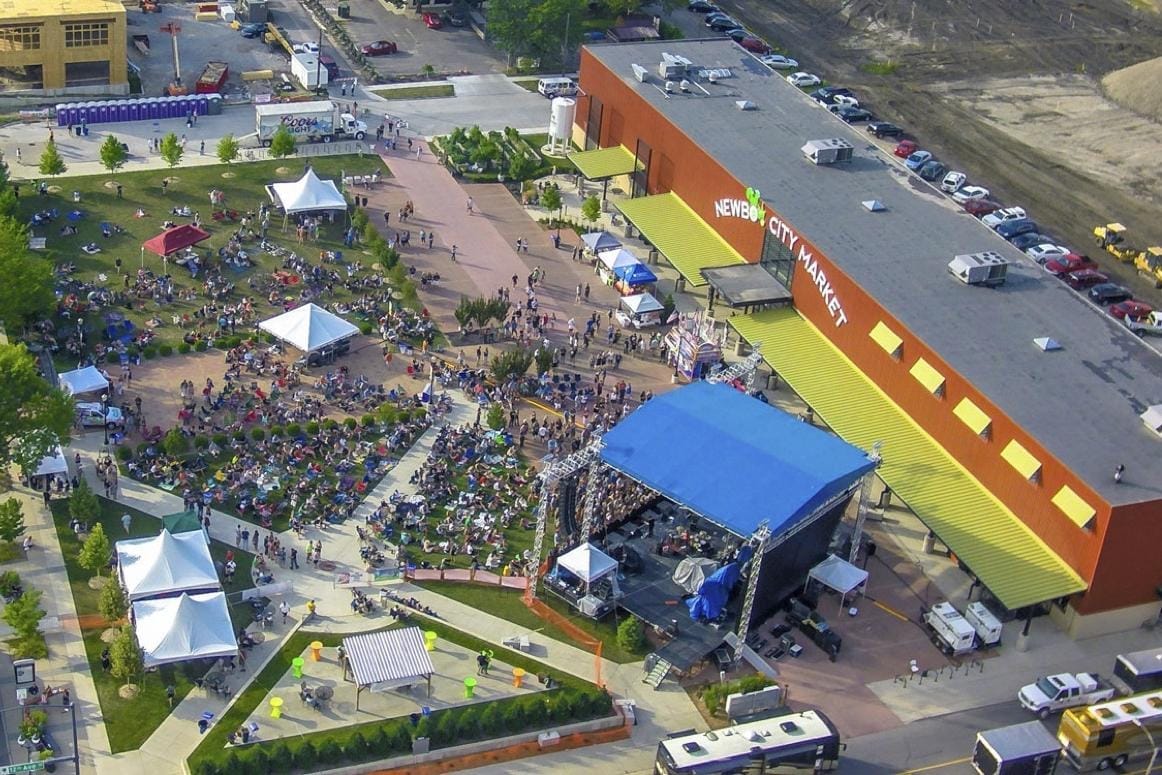
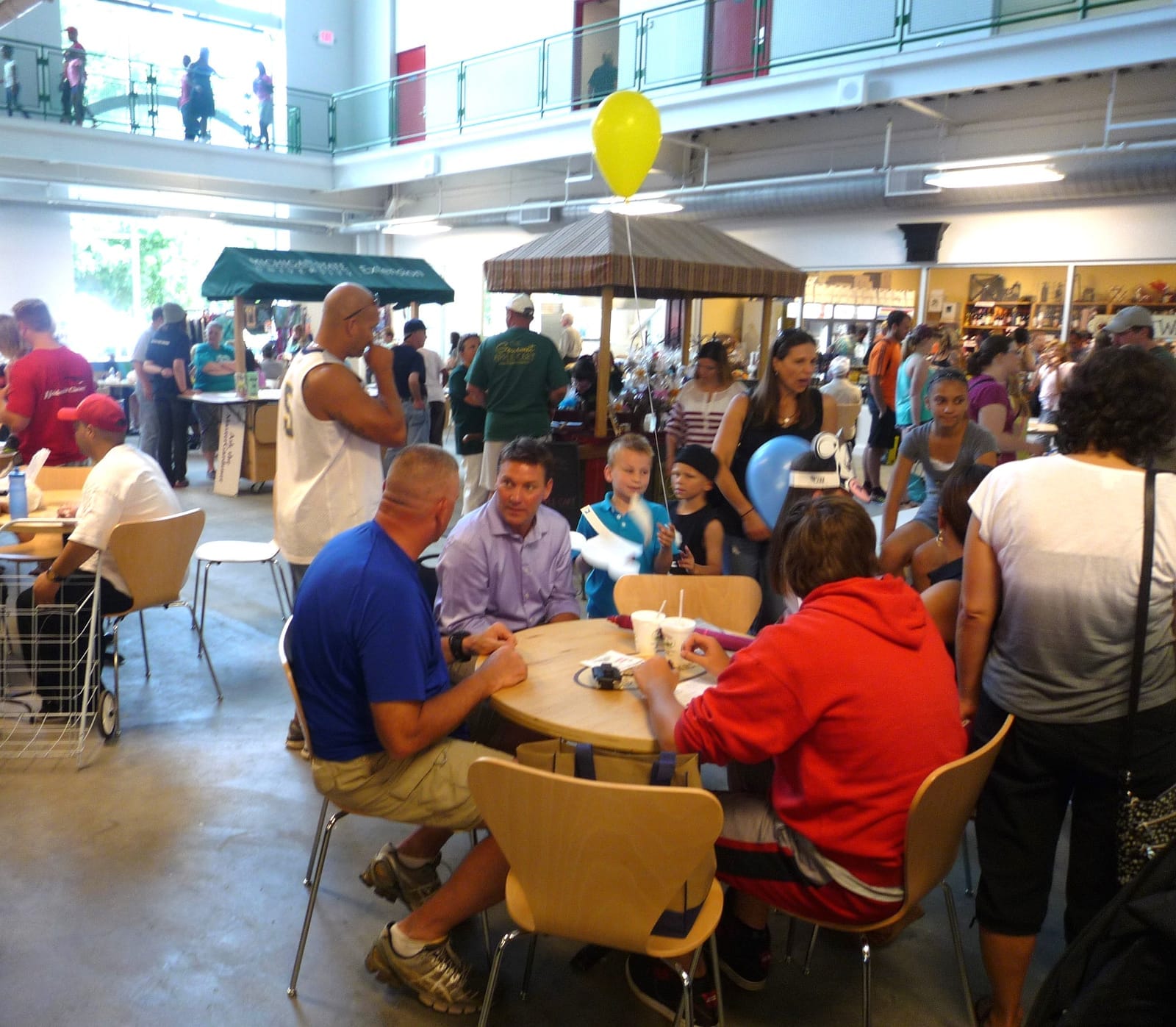
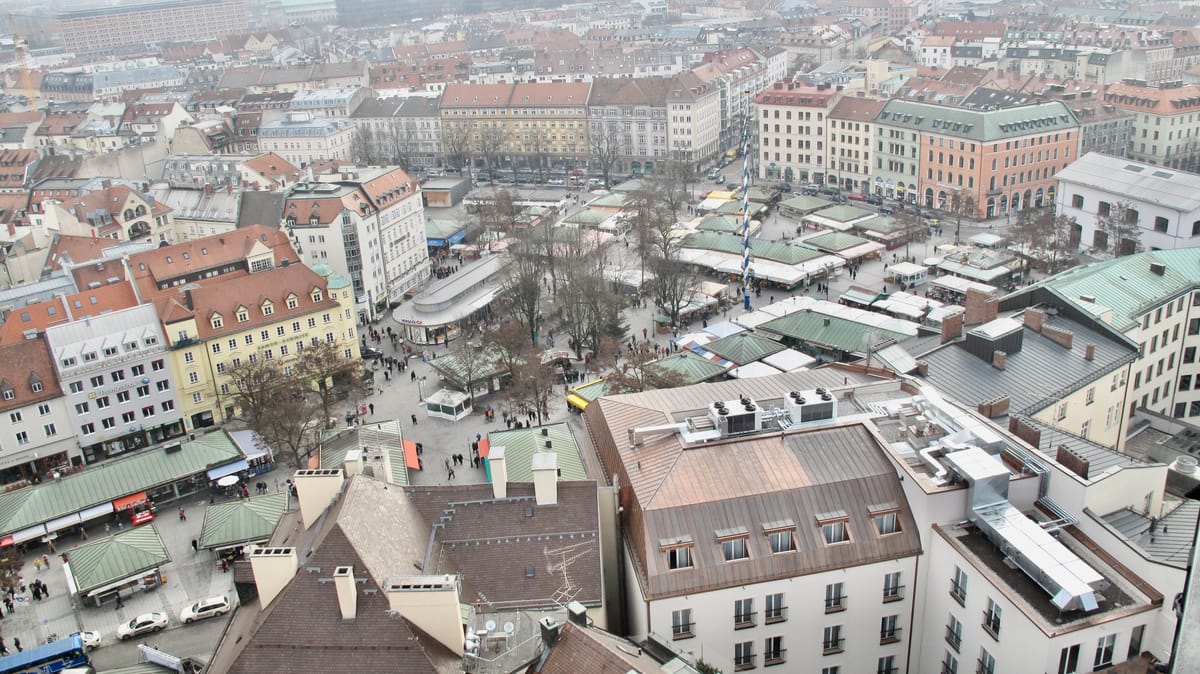
Katherine:
Taking on car culture is never an easy task. But this year, NYC was ranked as the worst in the world for traffic – throwing into stark relief the urgency of the problem. We know that congestion pricing is one key part of the solution, but in this article, the Social Life Project pushes even further: In addition to congestion pricing, we have to reimagine our streets entirely. That means making design changes to our streets that prioritize pedestrians, with measures like widened sidewalks and re-thought intersections. It is a tall order, but one we know is worthwhile for a safer, more social NYC.
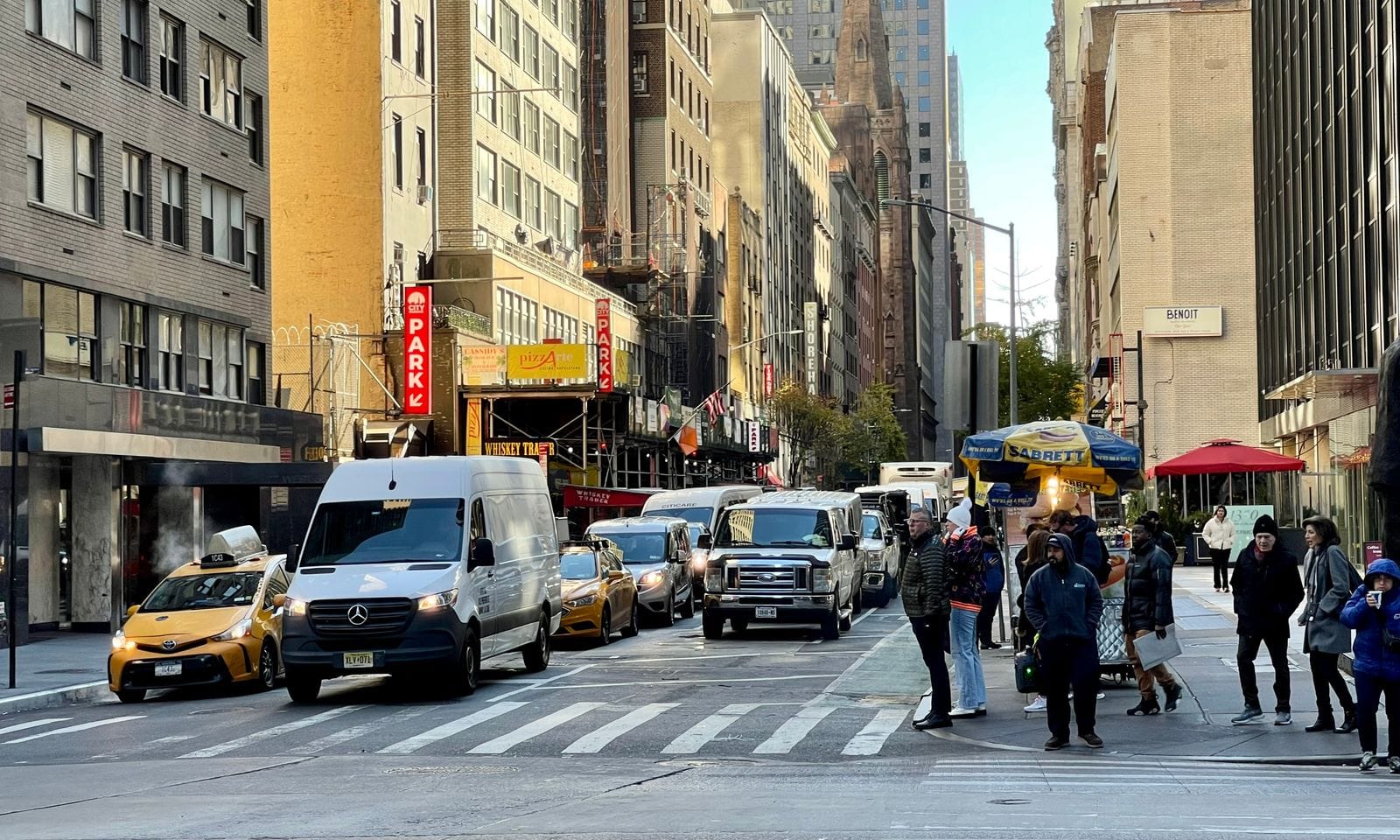
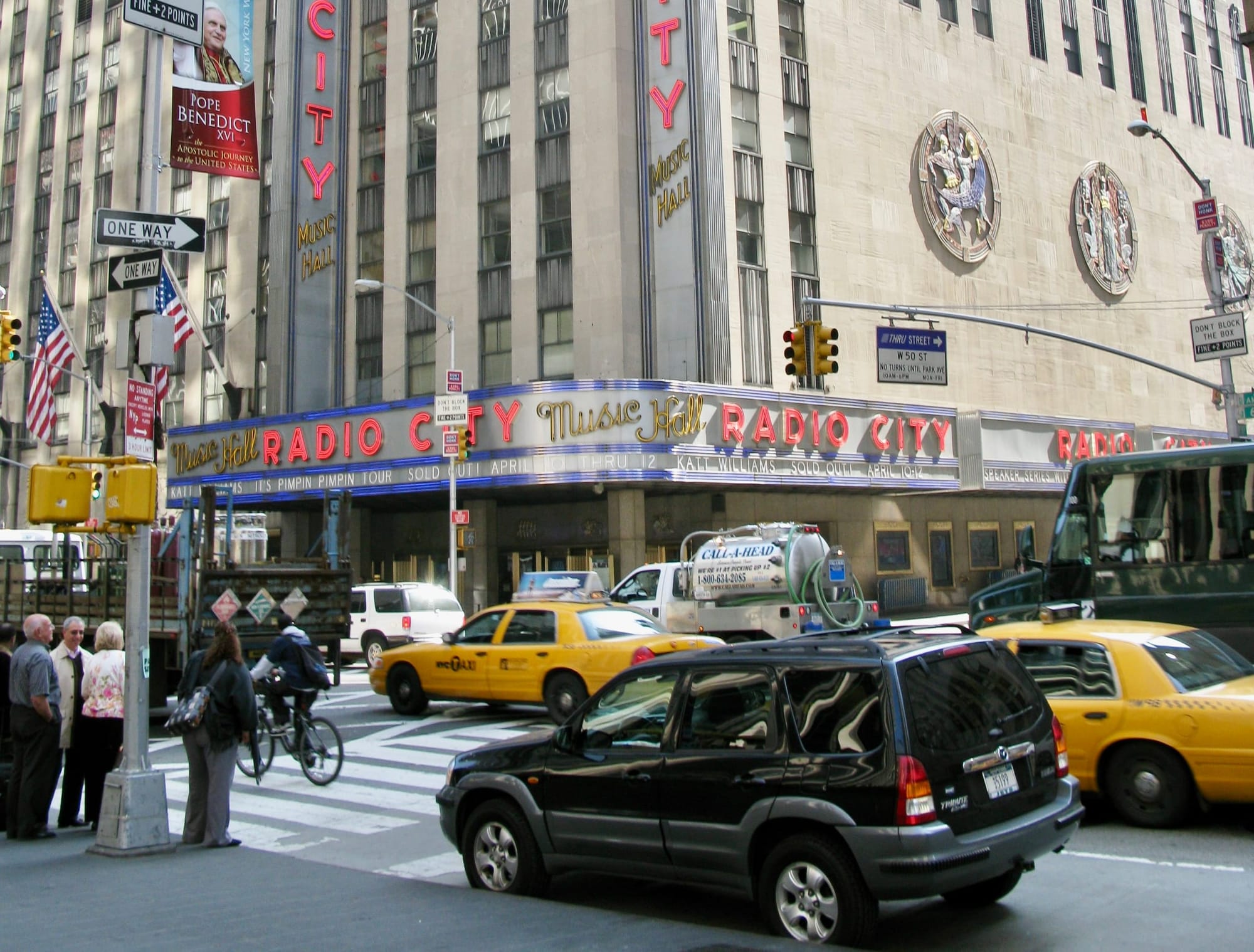
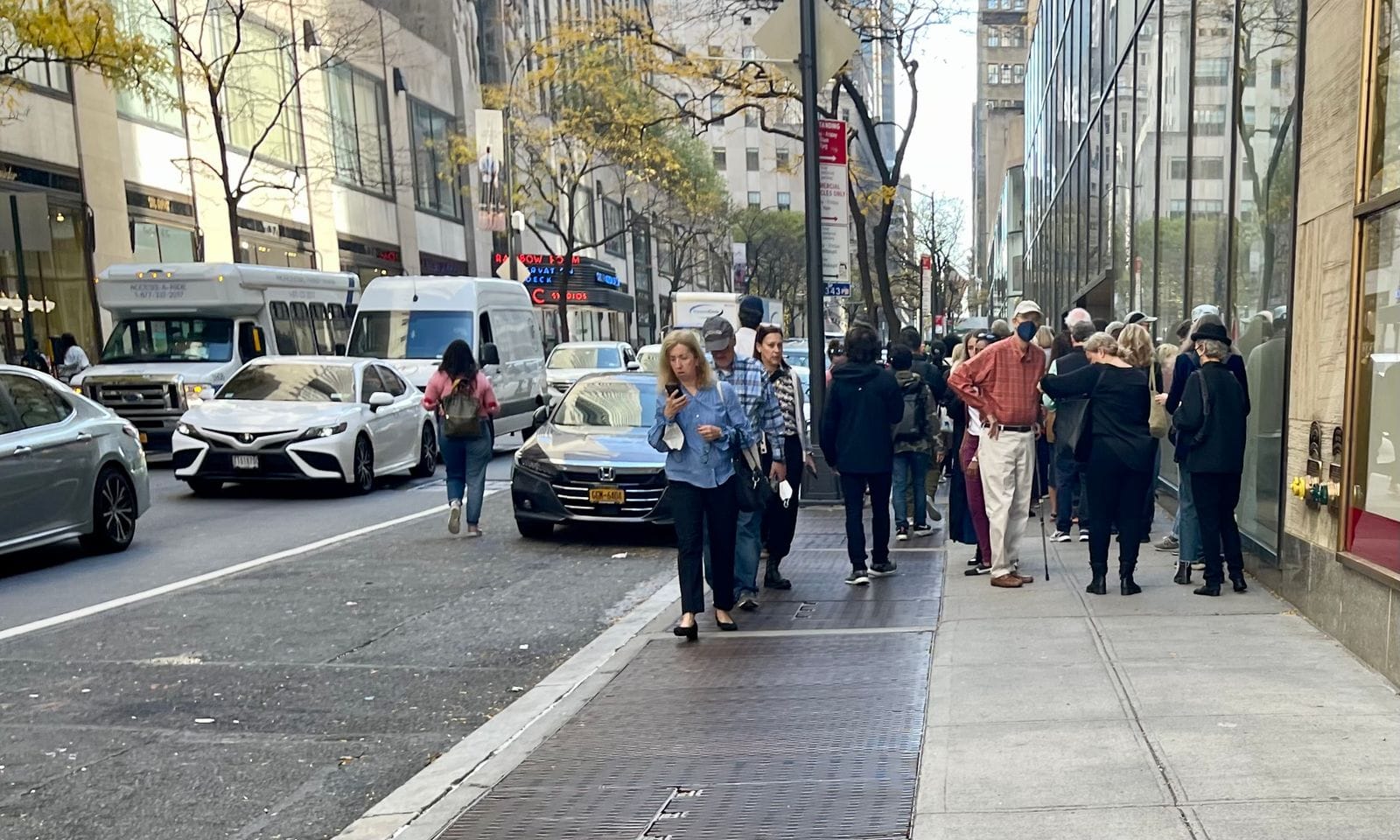
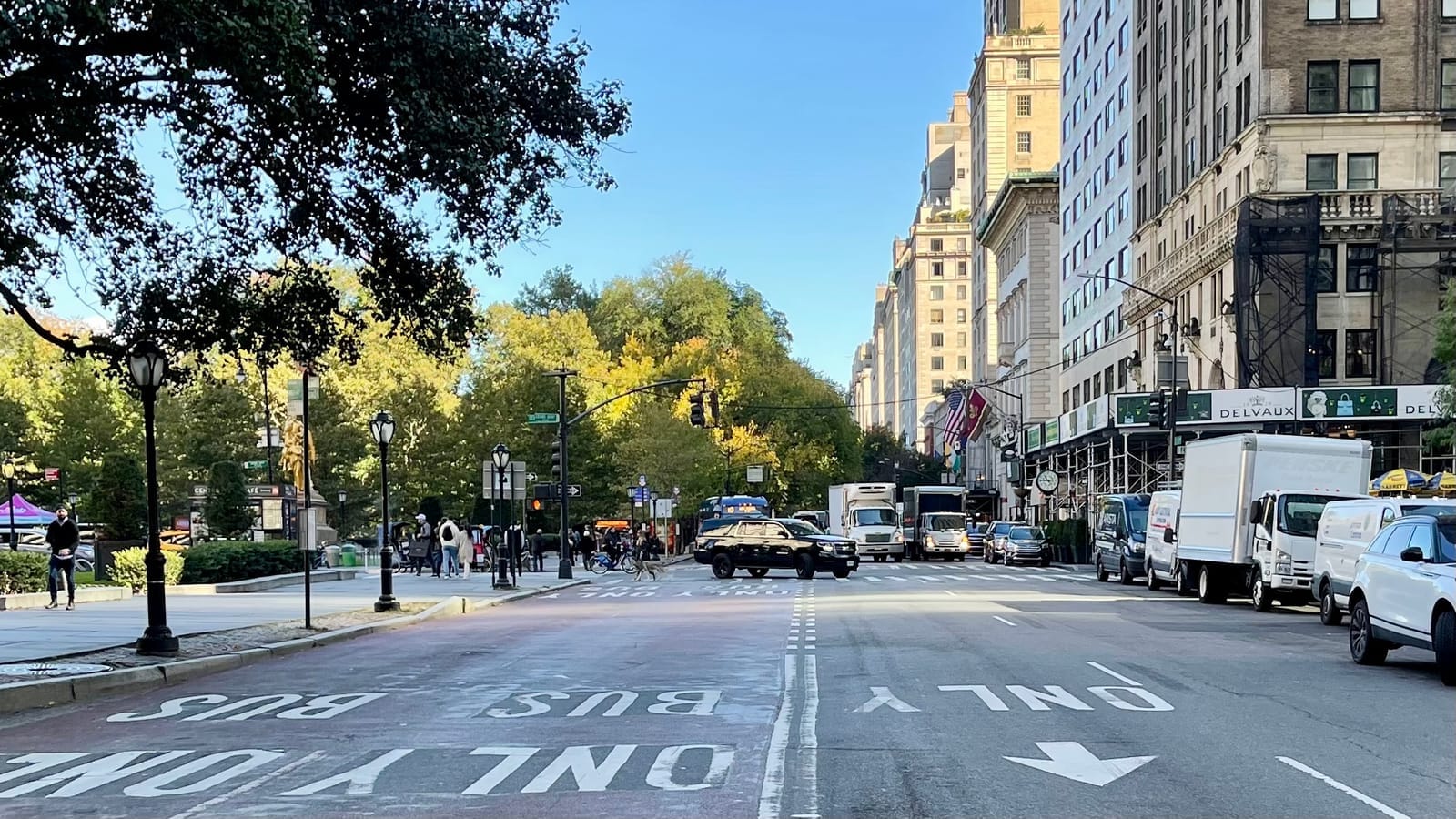
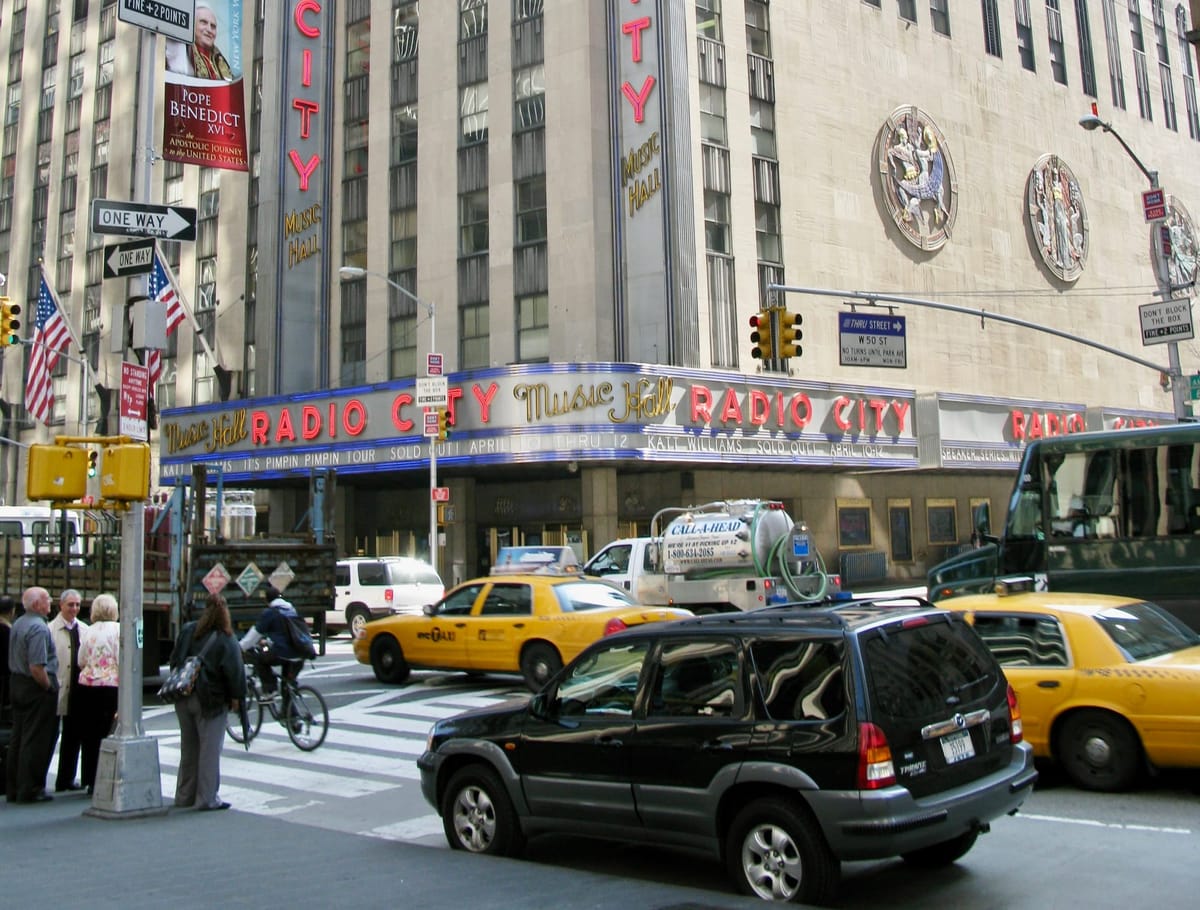
Tayana:
Dining sheds were one of the best things to happen to New York City's streets in ages. They made a city overflowing with cars feel like a city designed for people. They created vibrant sidewalk life, improved business, slowed traffic, and introduced a new way of enjoying the public realm to New Yorkers. Then, they were taken down... as though the value they provided was so little it could just be thrown away. That is far from true. Dining sheds are incredibly valuable for social life, community connection, business success and more. Cities everywhere, not just NYC, can greatly benefit from them. Because of this, I love our article that outlines some of the many reasons why we need dining sheds.
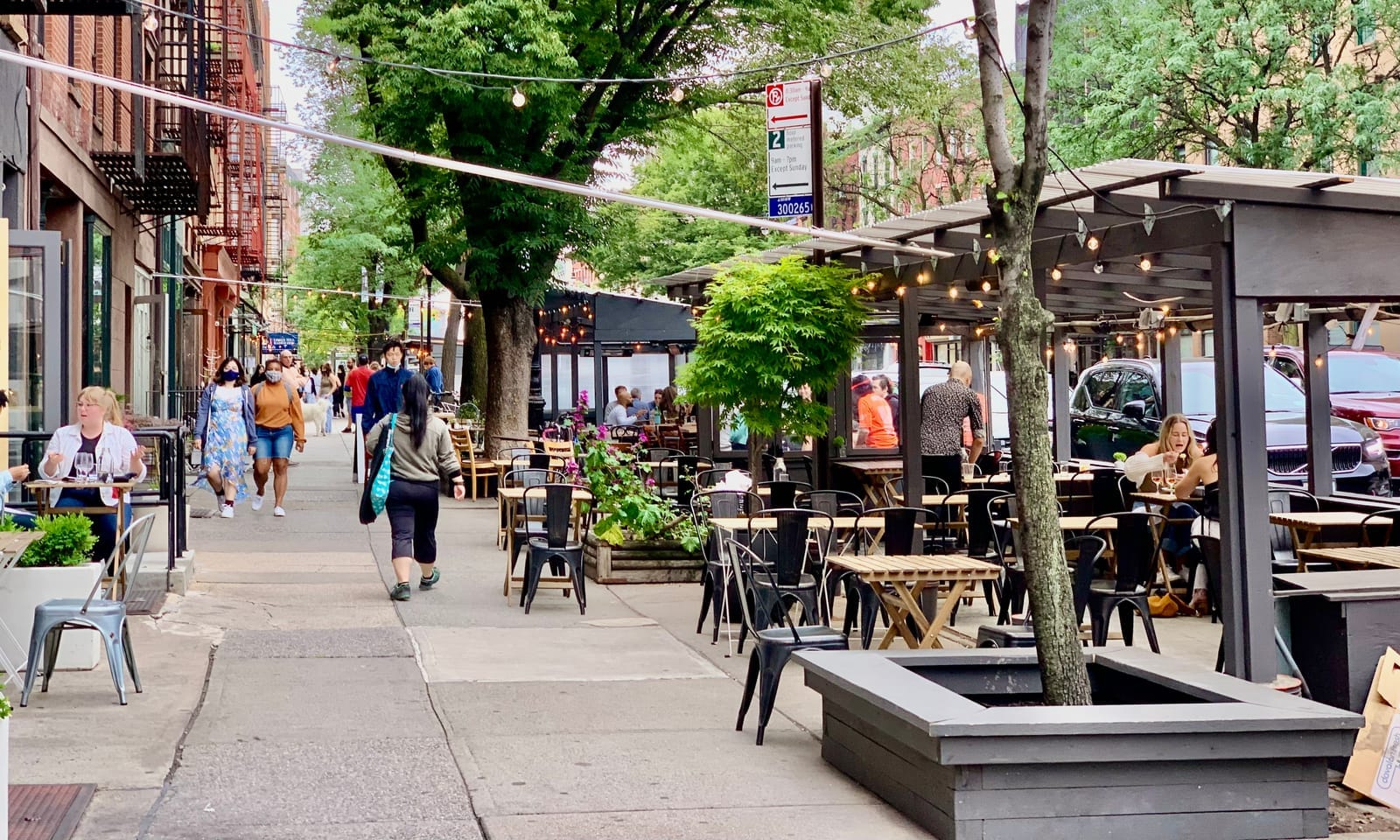
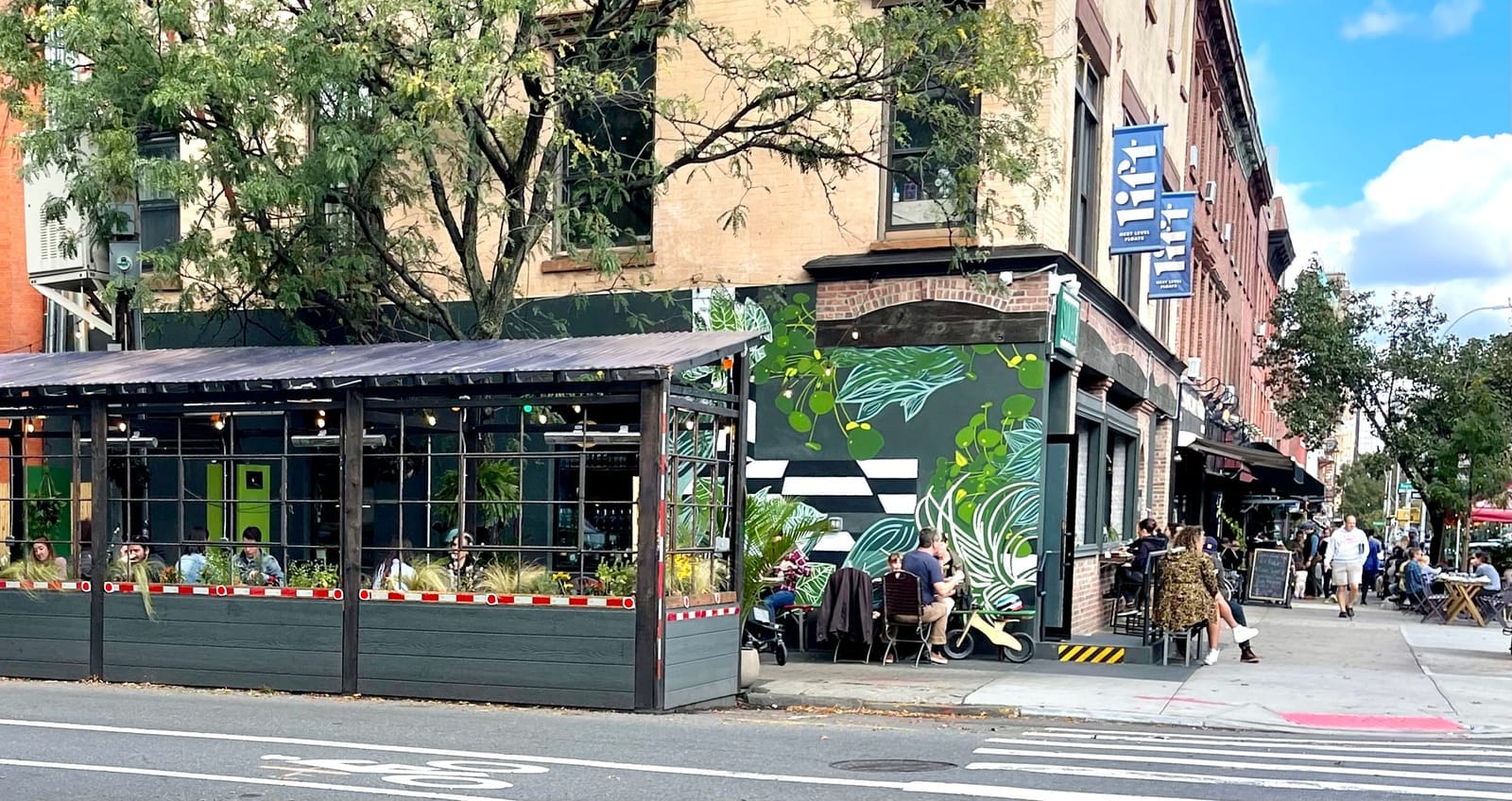
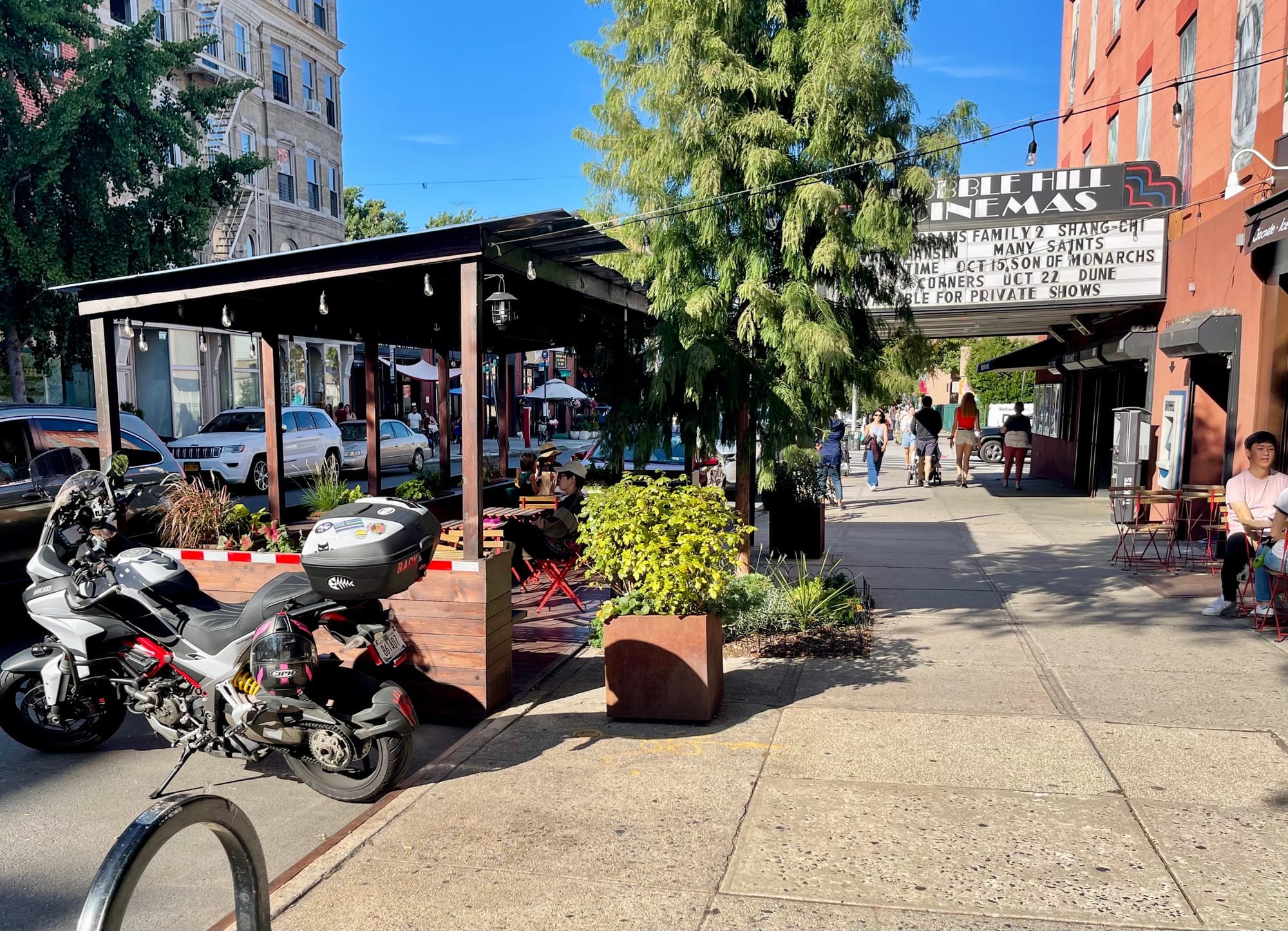
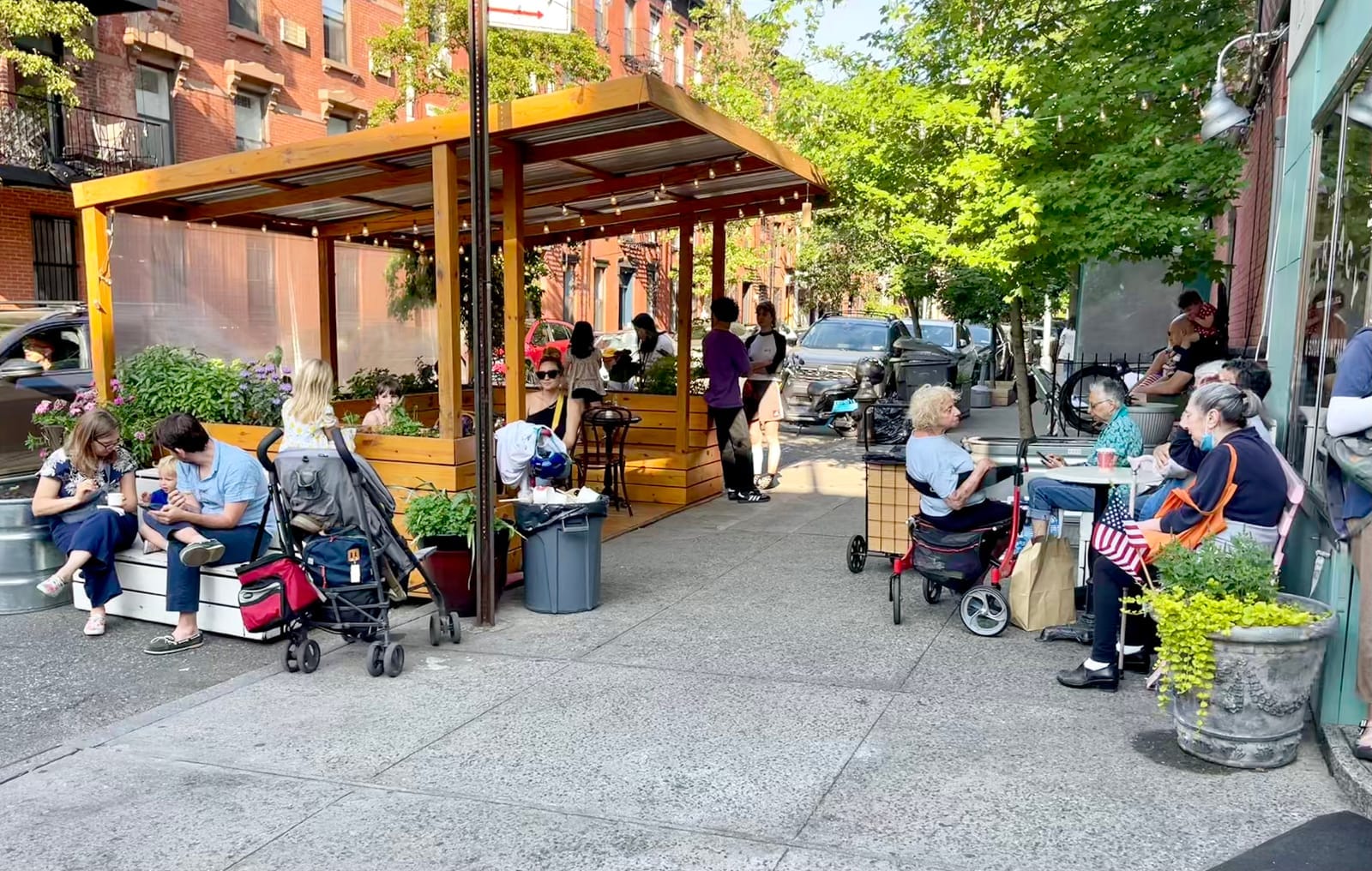
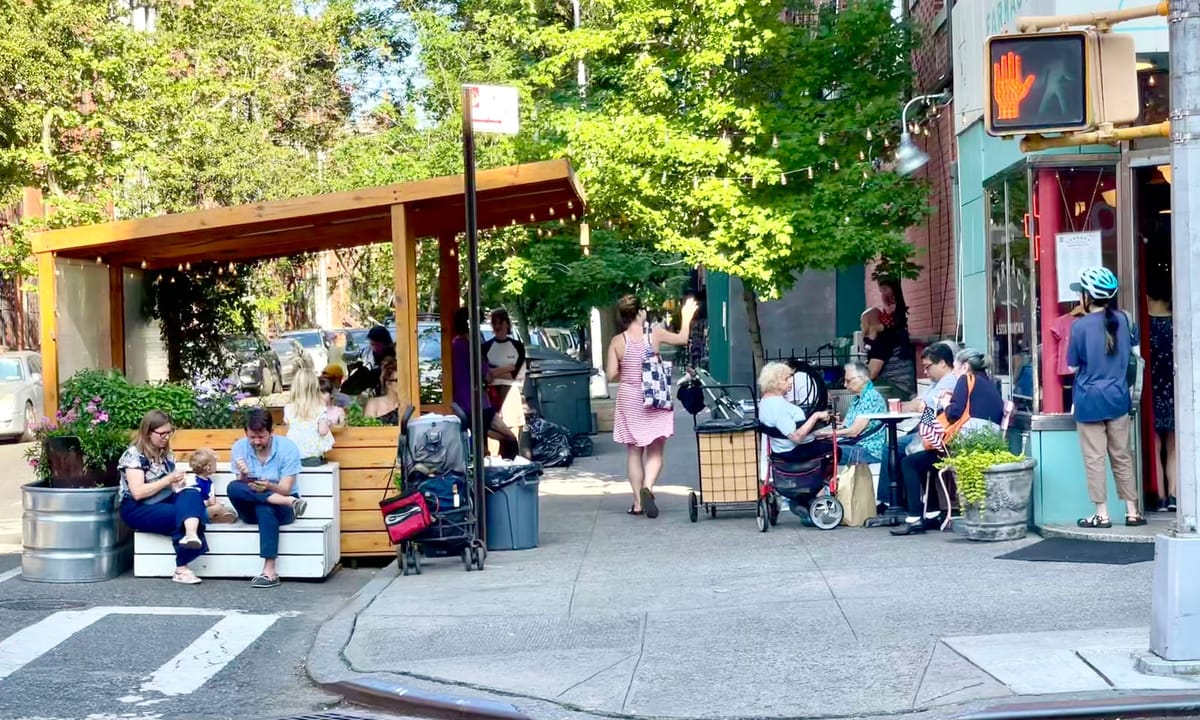
Meg:
One of my favorite articles this year was “How Double Loaded Sidewalks Bring Safety, Comfort, and Joy to Our Streets,” which highlights the transformative potential of this often-overlooked urban feature. Double-loaded sidewalks have a pedestrian-friendly design where they are flanked on both sides by engaging elements such as outdoor seating, street trees, kiosks, dining sheds, etc.
They are more than just pathways—they are spaces that foster a deep sense of place. By creating an enclosed, inviting environment, these sidewalks encourage people to linger, interact, and experience their surroundings in a more meaningful way. This concept serves as a reminder that sidewalks are not merely thoroughfares for movement, but vital public spaces that connect us to one another and to the heart of our communities. As we reflect on this idea, we’re reminded that vibrant, thoughtful street design has the power to make our cities safer, more comfortable, and ultimately, more joyful. Here's to a year ahead filled with more double-loaded sidewalks and the lively public spaces they help create!
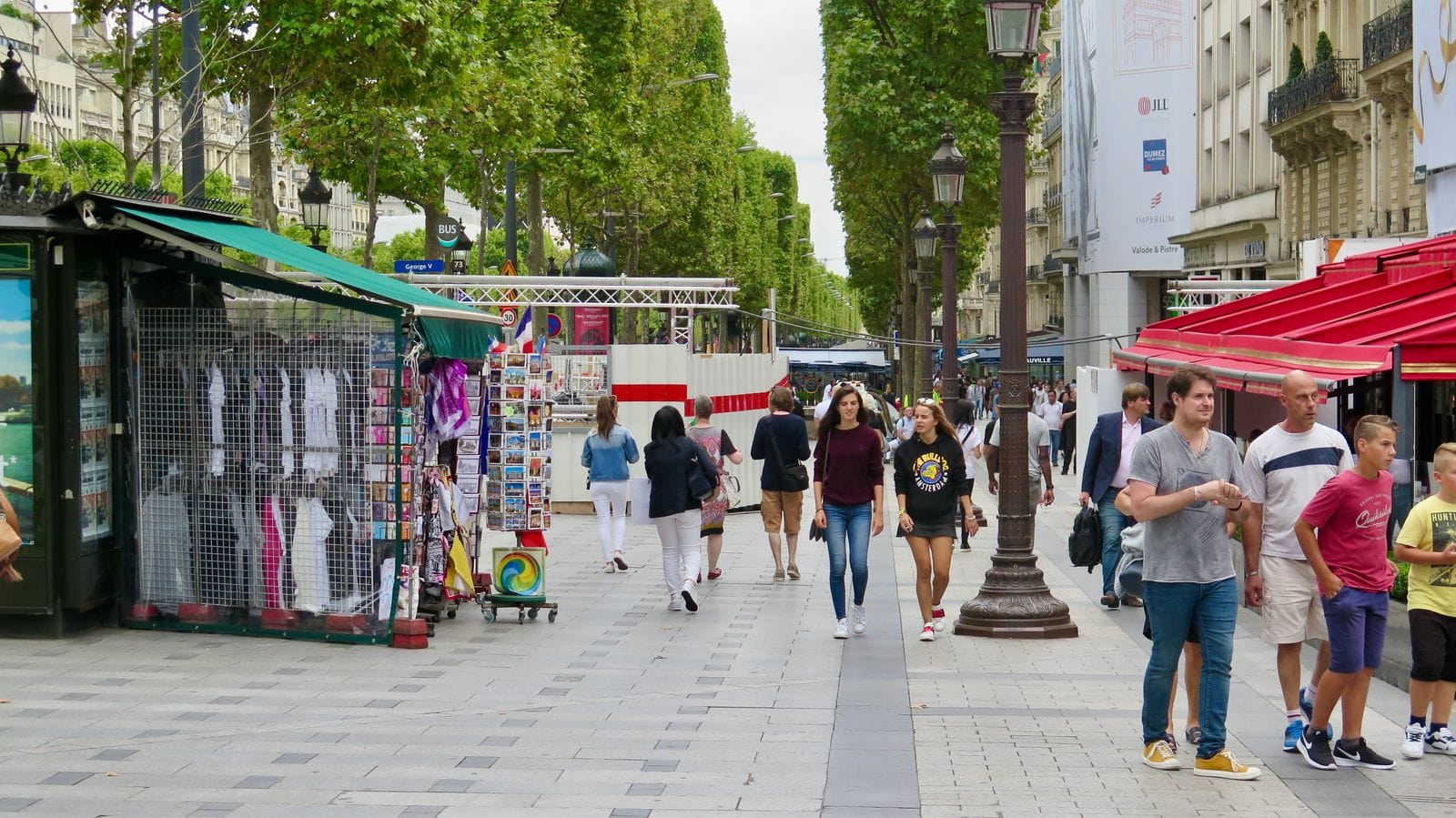
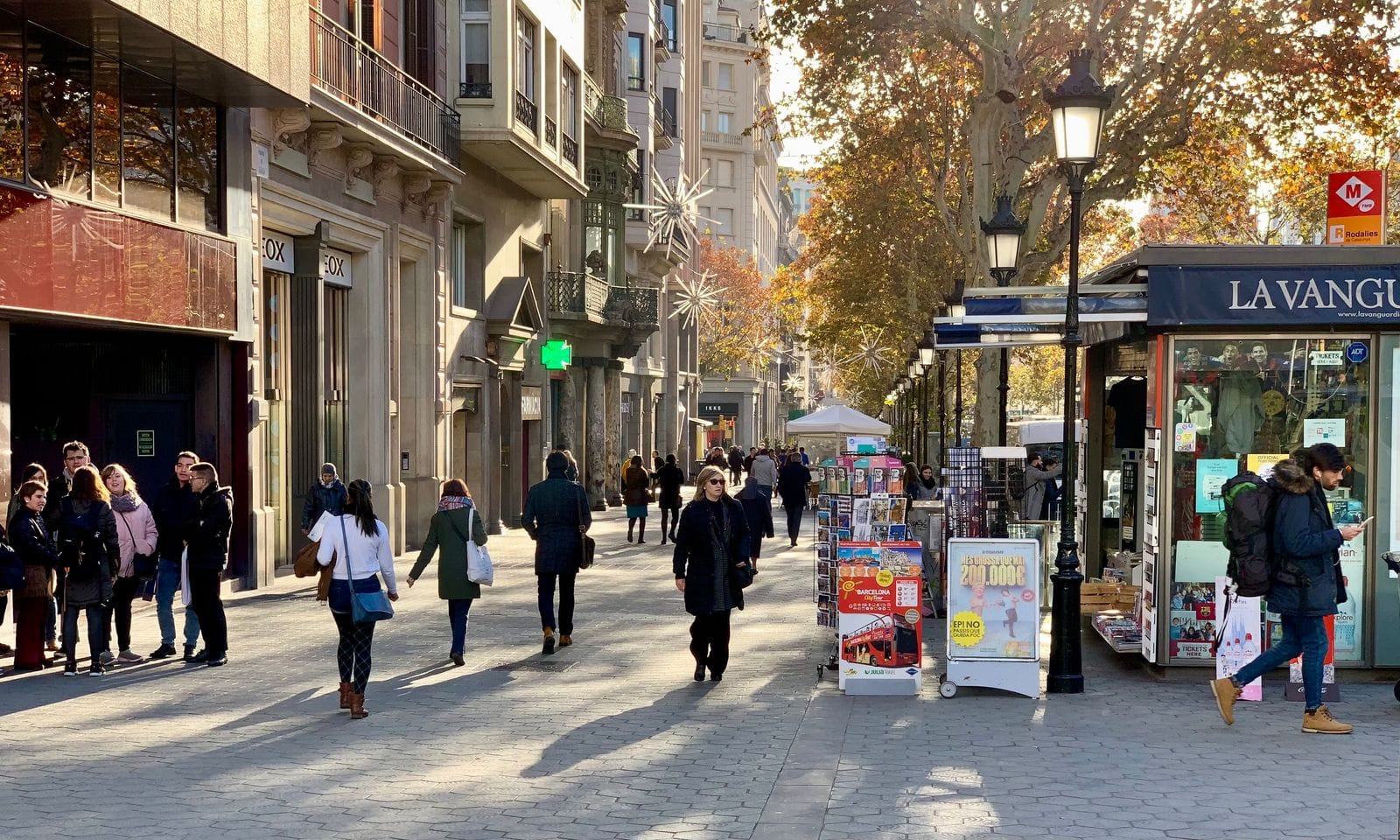
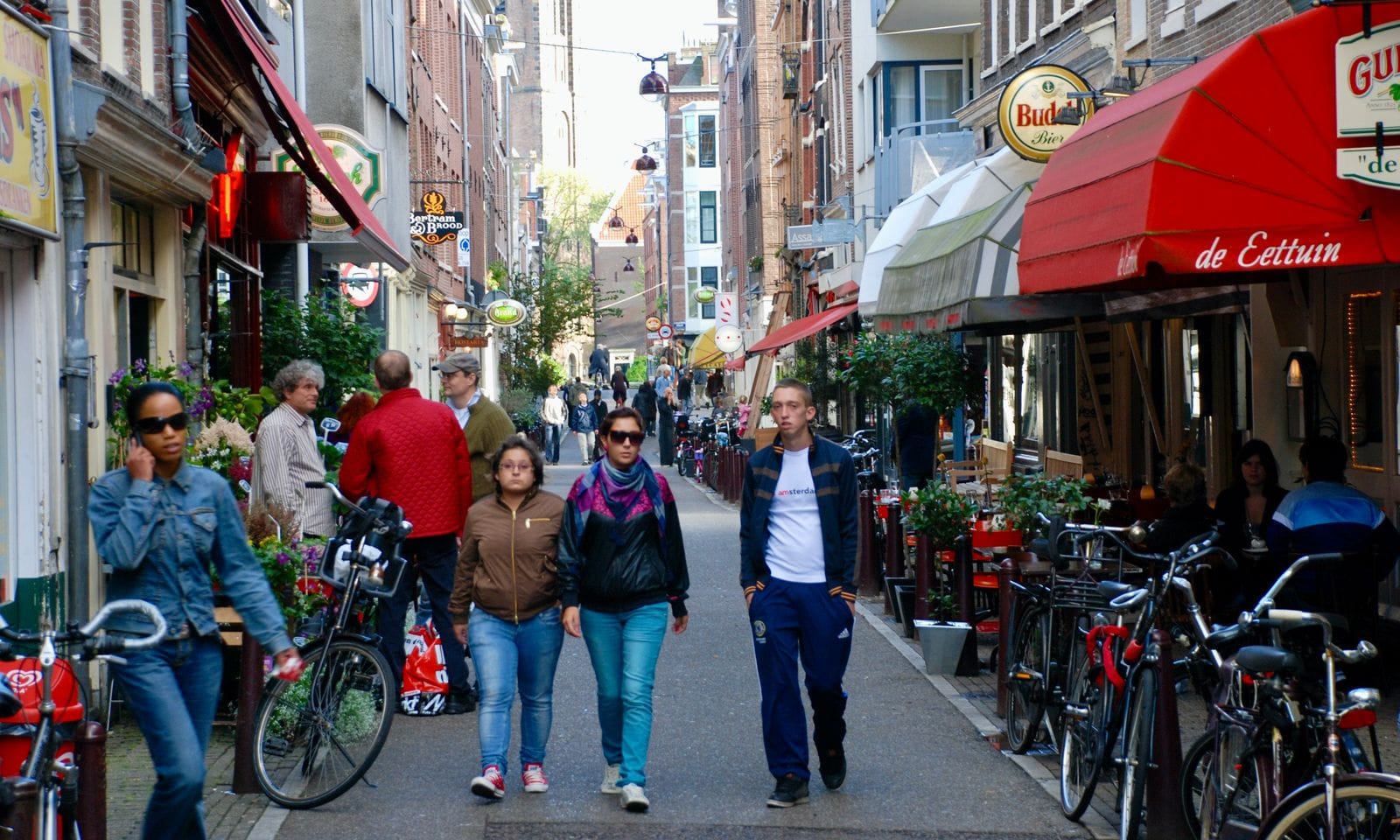
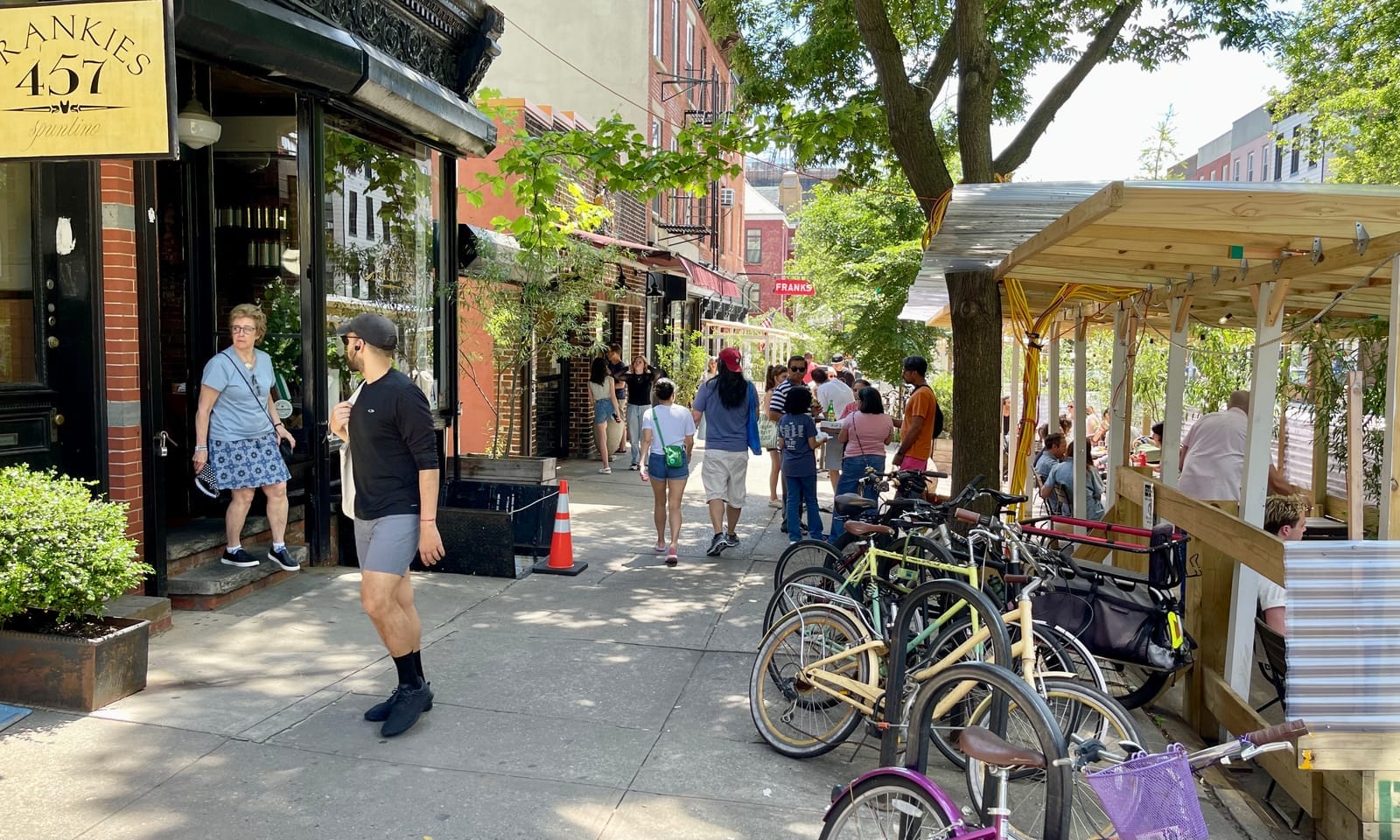
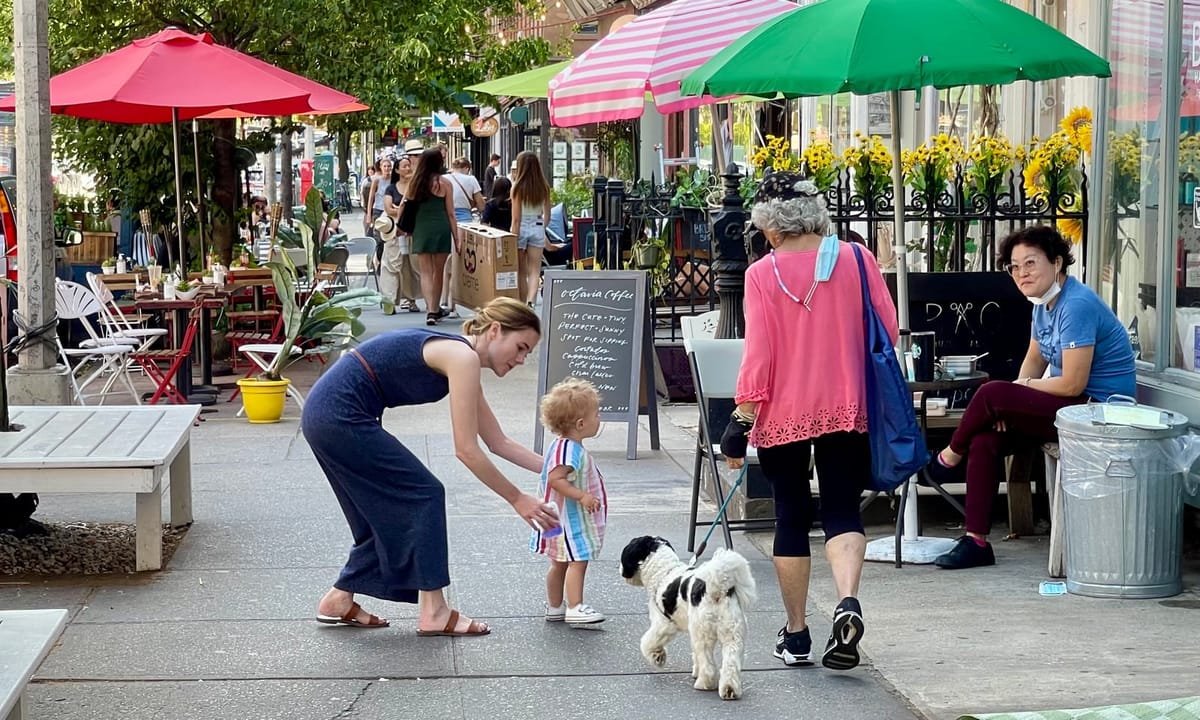
Ethan:
The holidays are a great time to reconnect with our families, our communities, and our planet. Disconnection from these most important parts of our lives underly so many of our society's most persistent challenges. From social isolation and political division, to the dominant development pattern of "place taking" and the ensuing environment degradation, placemaking is an antidote. Reconnecting to places and placemaking, starting through our families and communities, is the only way we're going to be able to sustain humanity's larger crucial relationships to people and places.
We look forward to charting this path together in the New Year, and at our upcoming Global Placemaking Summit! Let us know if you think you can join us.
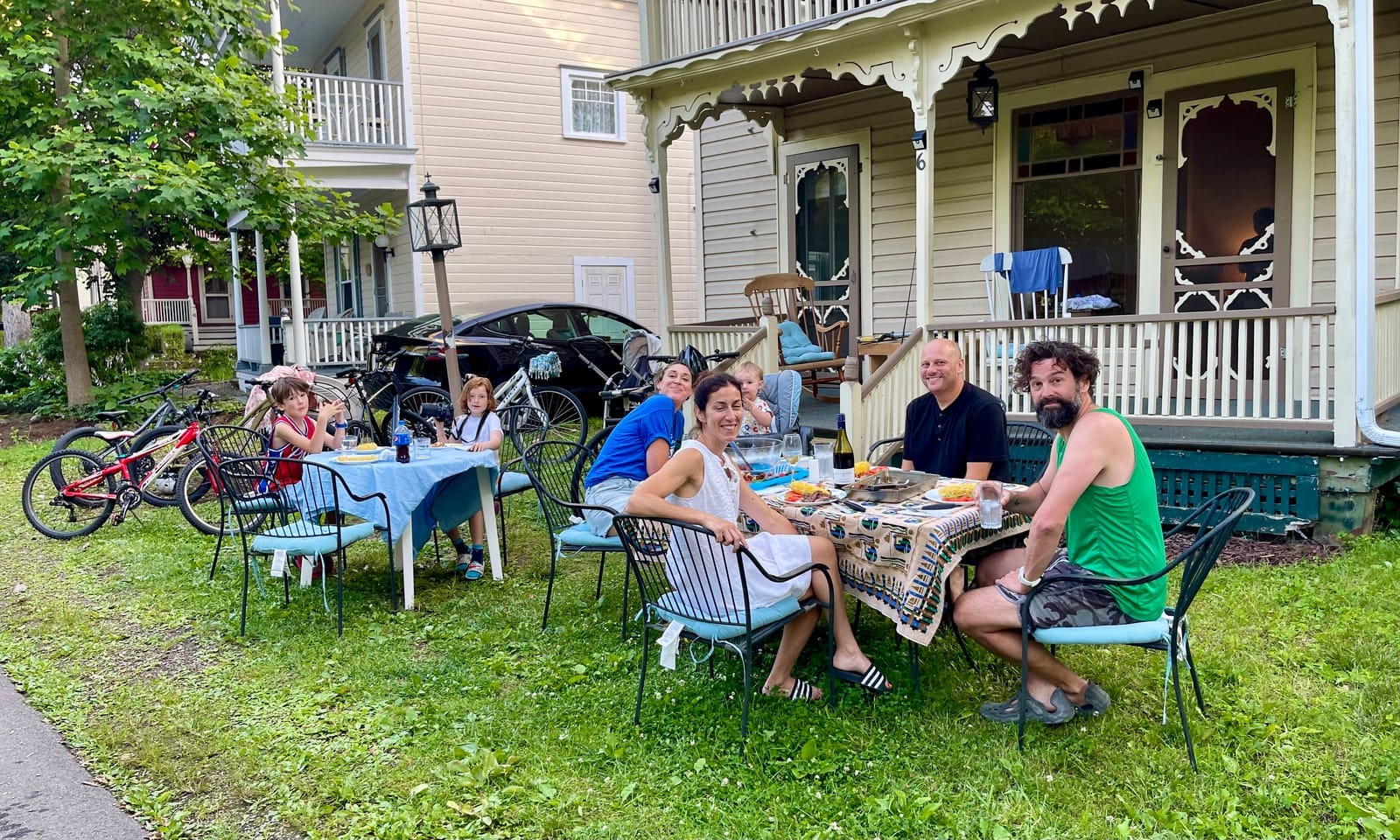
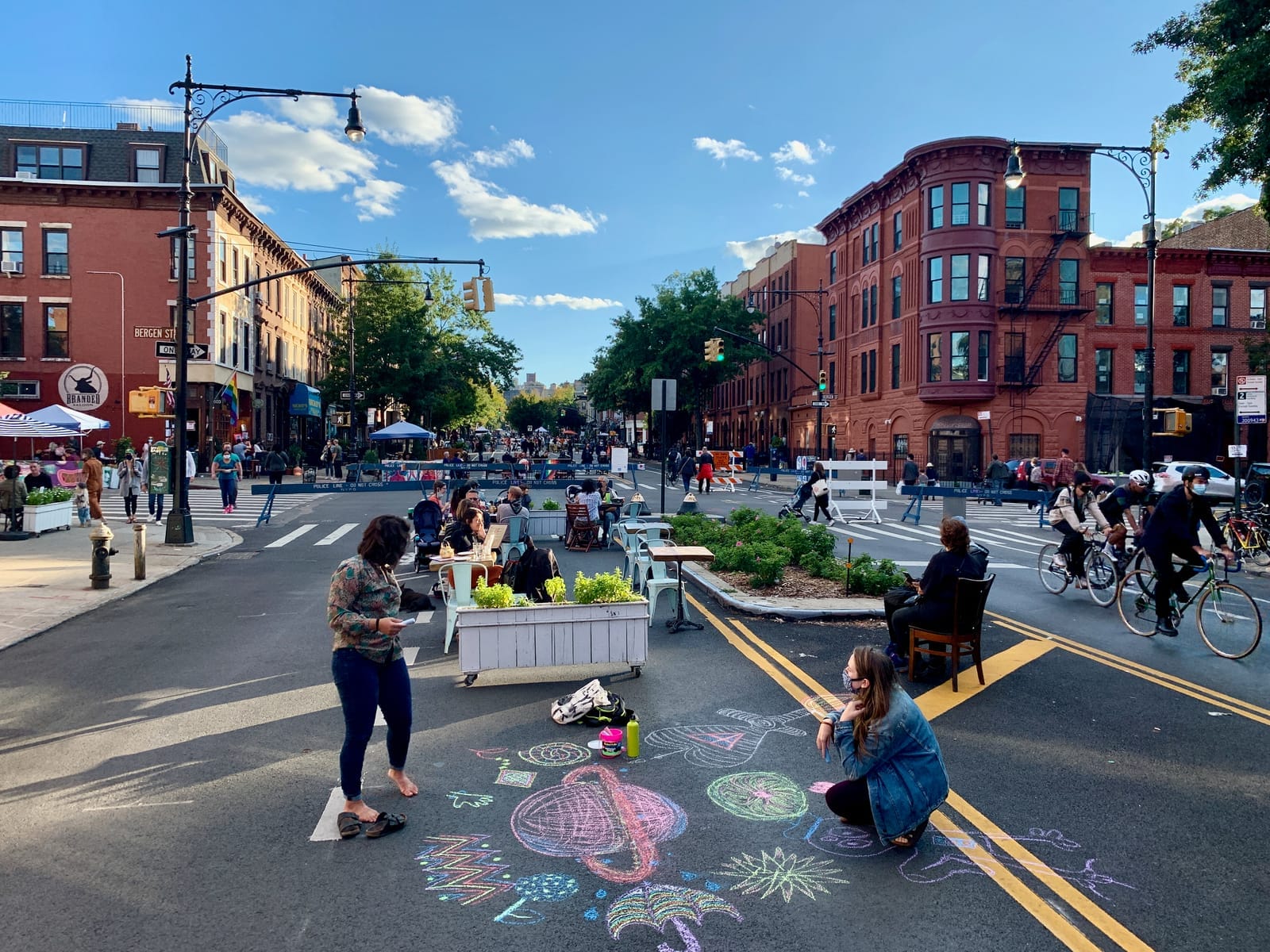
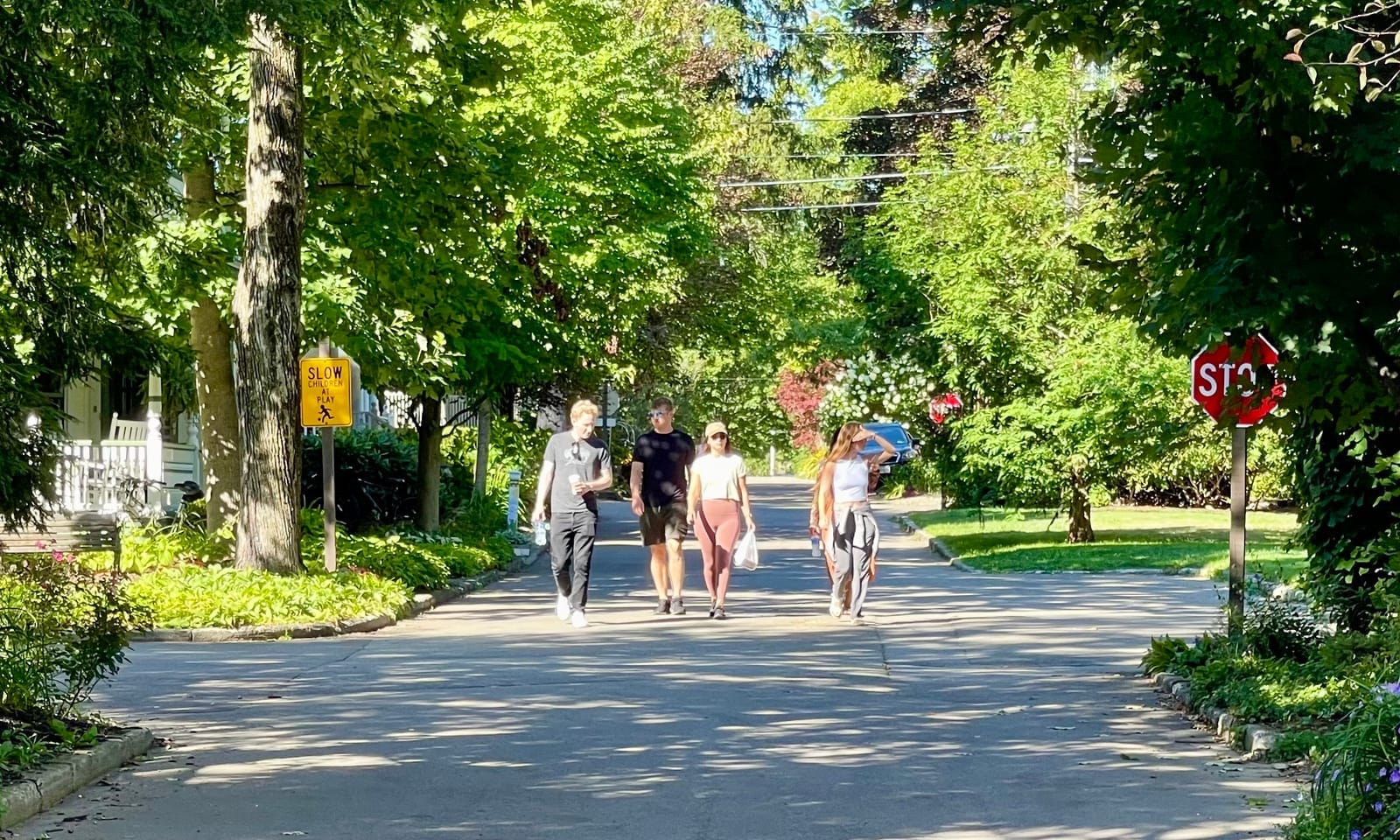
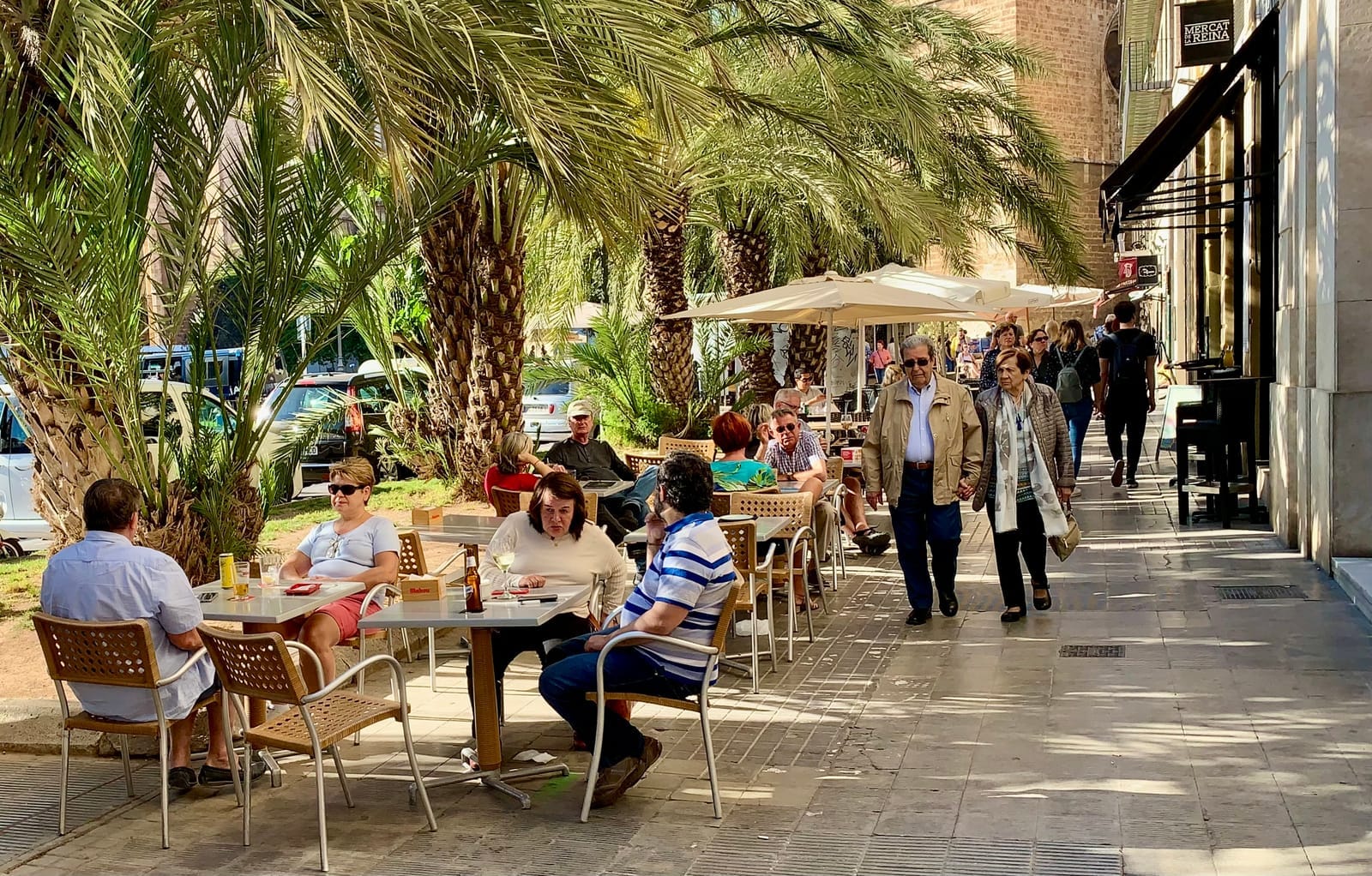
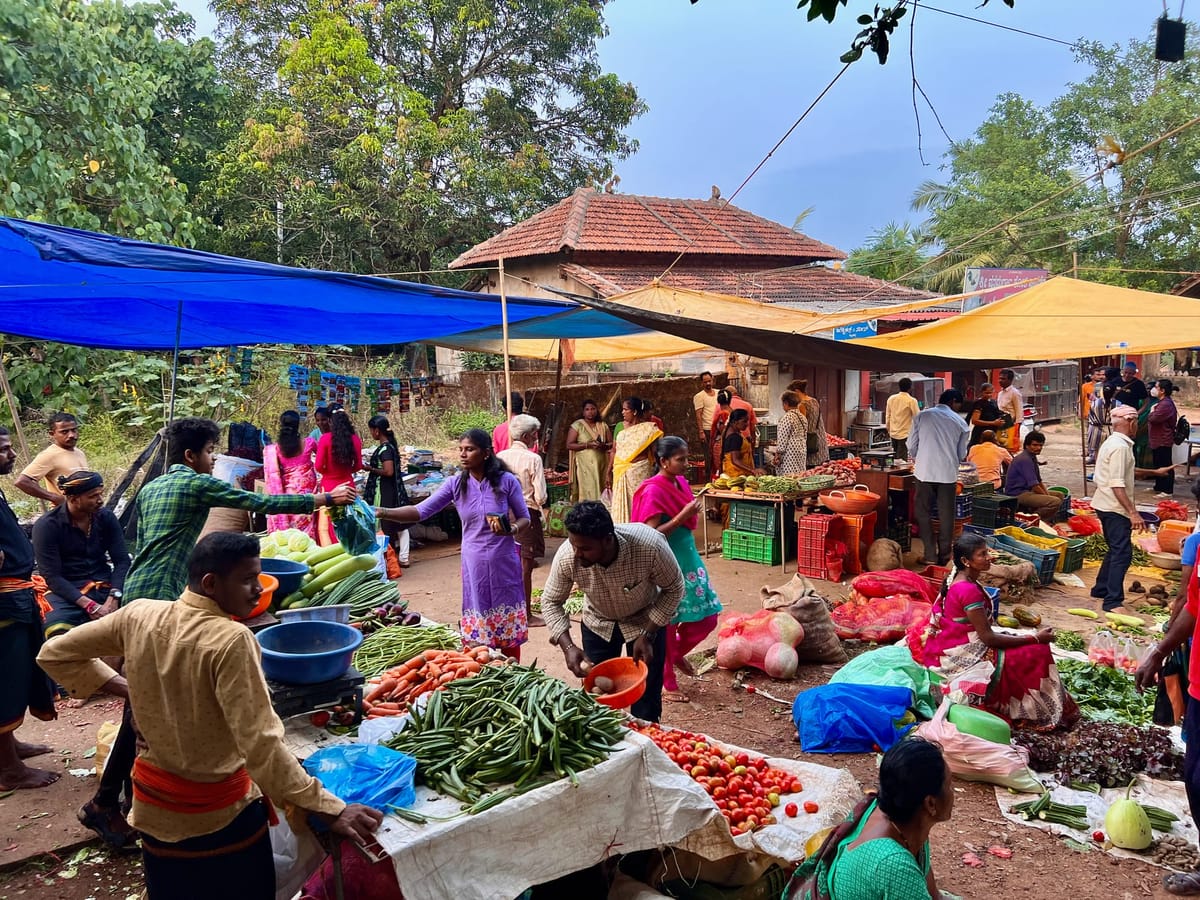
Josh:
I love this article because it resonates with my deep connection to Buenos Aires, where I got married in San Telmo. It highlights how the social life of a neighborhood often begins at the corner, especially in places like Palermo, where a series of great corners transform the area. The article shows that you don’t need to activate everything—just focus on the corner, and the rest will follow. I also appreciate the beauty of a chamfered corner and how urban design form can support social life.
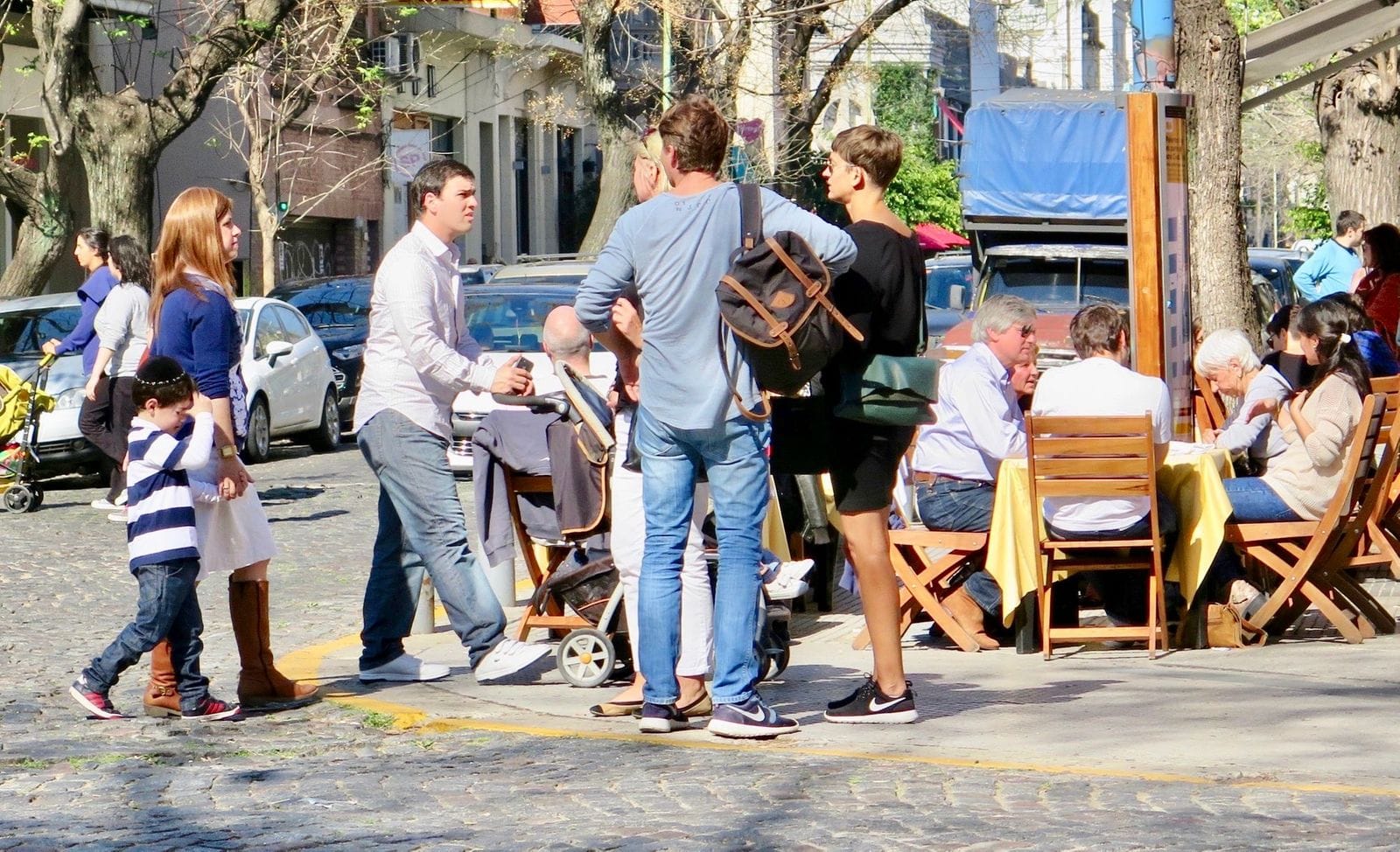
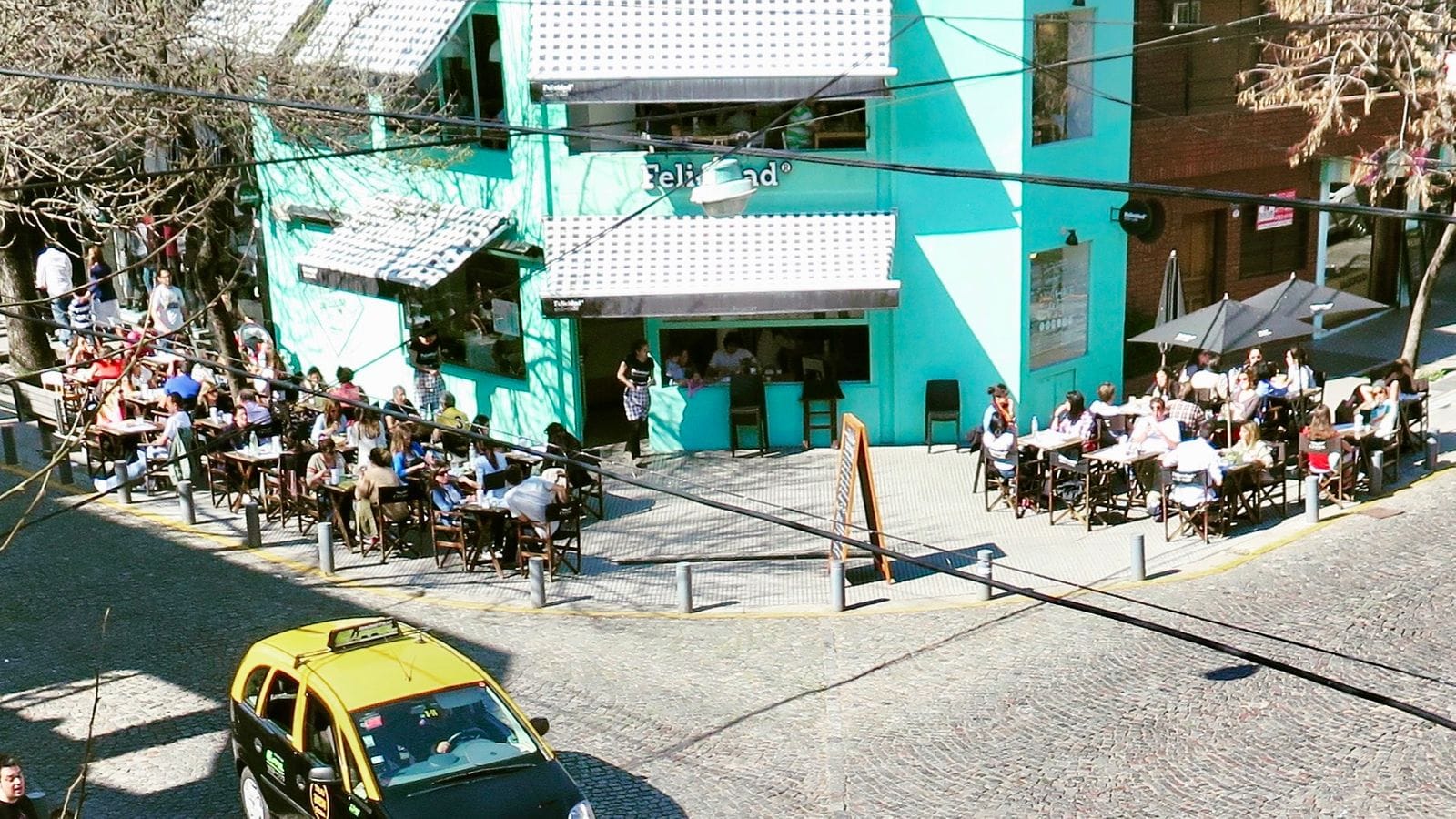
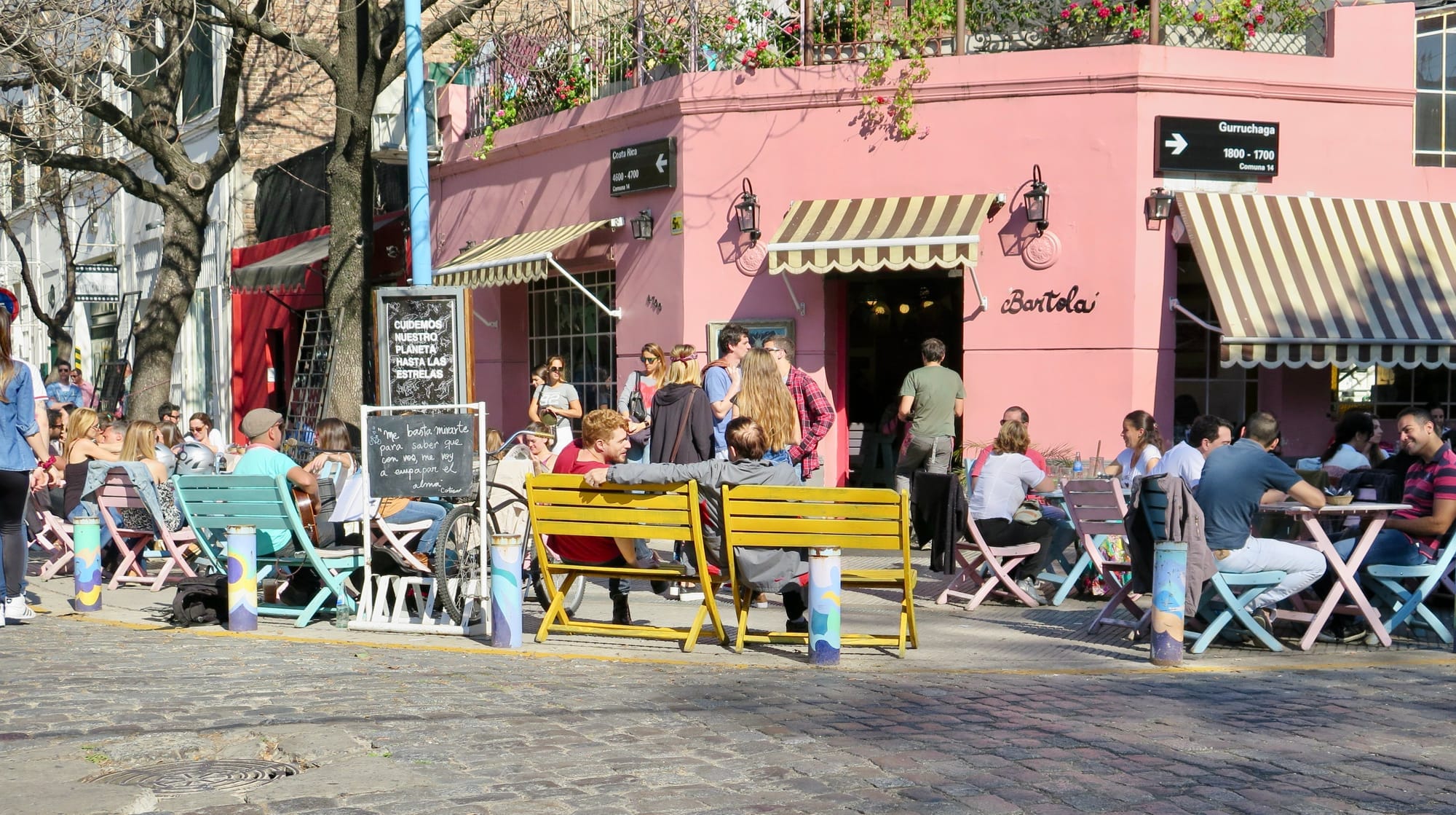
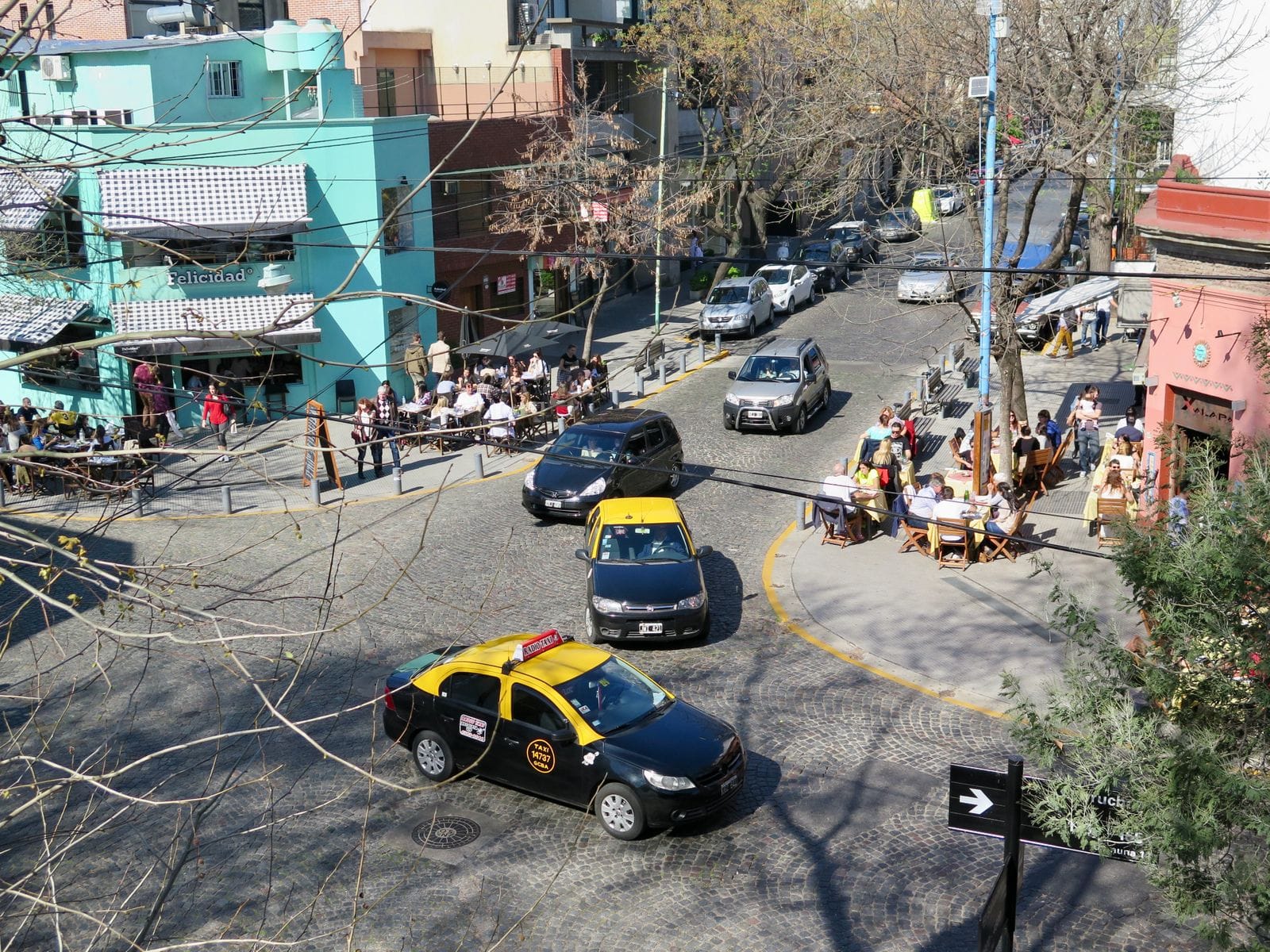
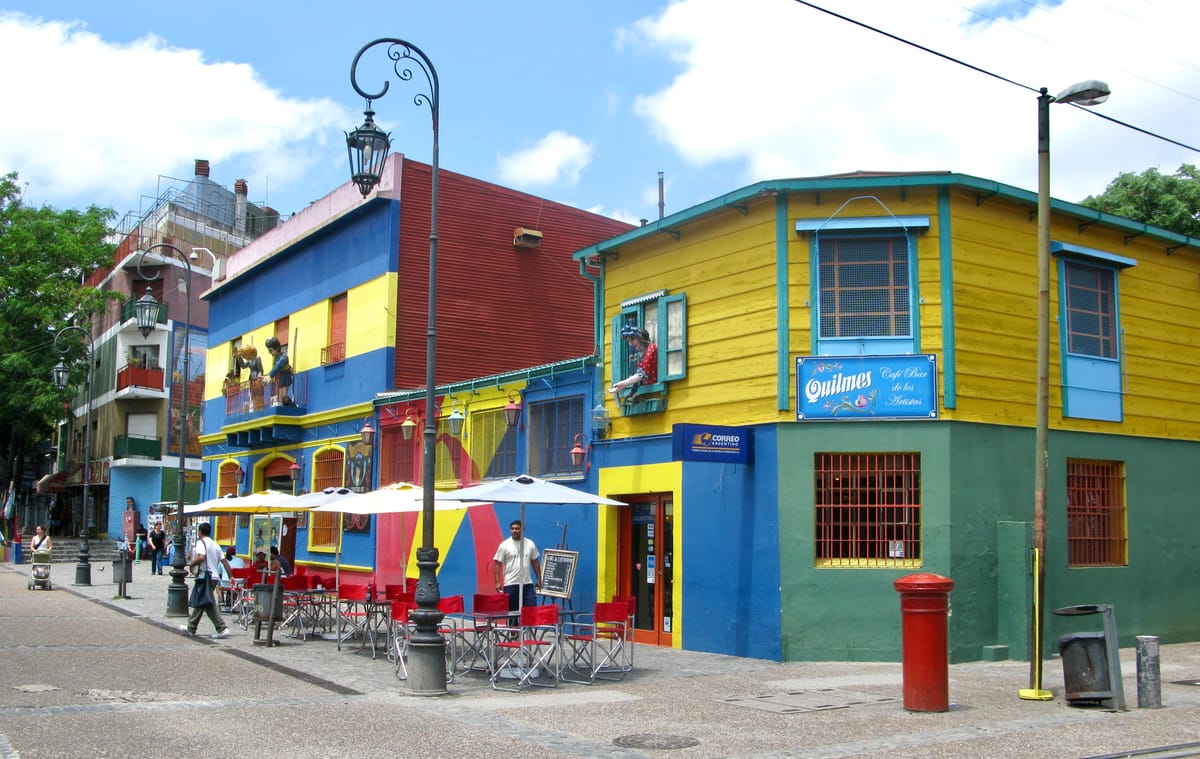
Giselle:
The article “Placemaking for Joy Supports People-Powered Places” beautifully highlights why joy, pleasure, happiness, and fun aren’t just nice to have—they’re essential elements of our humanity. Historically, our public spaces were vibrant stages for social life, designed to meet these fundamental human needs. Yet, over the past four years especially, we’ve seen the severe impacts of neglecting these spaces—rising loneliness and stark social isolation, underscoring the profound health, economic, and educational consequences.
This piece powerfully articulates how we can design our public spaces to foster joy and connection, reflecting SLP’s expertise in shaping places that satisfy our crucial need for social interactions and shared happiness. In 2025, I’m excited to delve deeper into the historic roots of joyous places, understand our cultural abandonment of them, and rediscover the indispensable power of placemaking for joy to ensure that our communities not only survive but thrive.
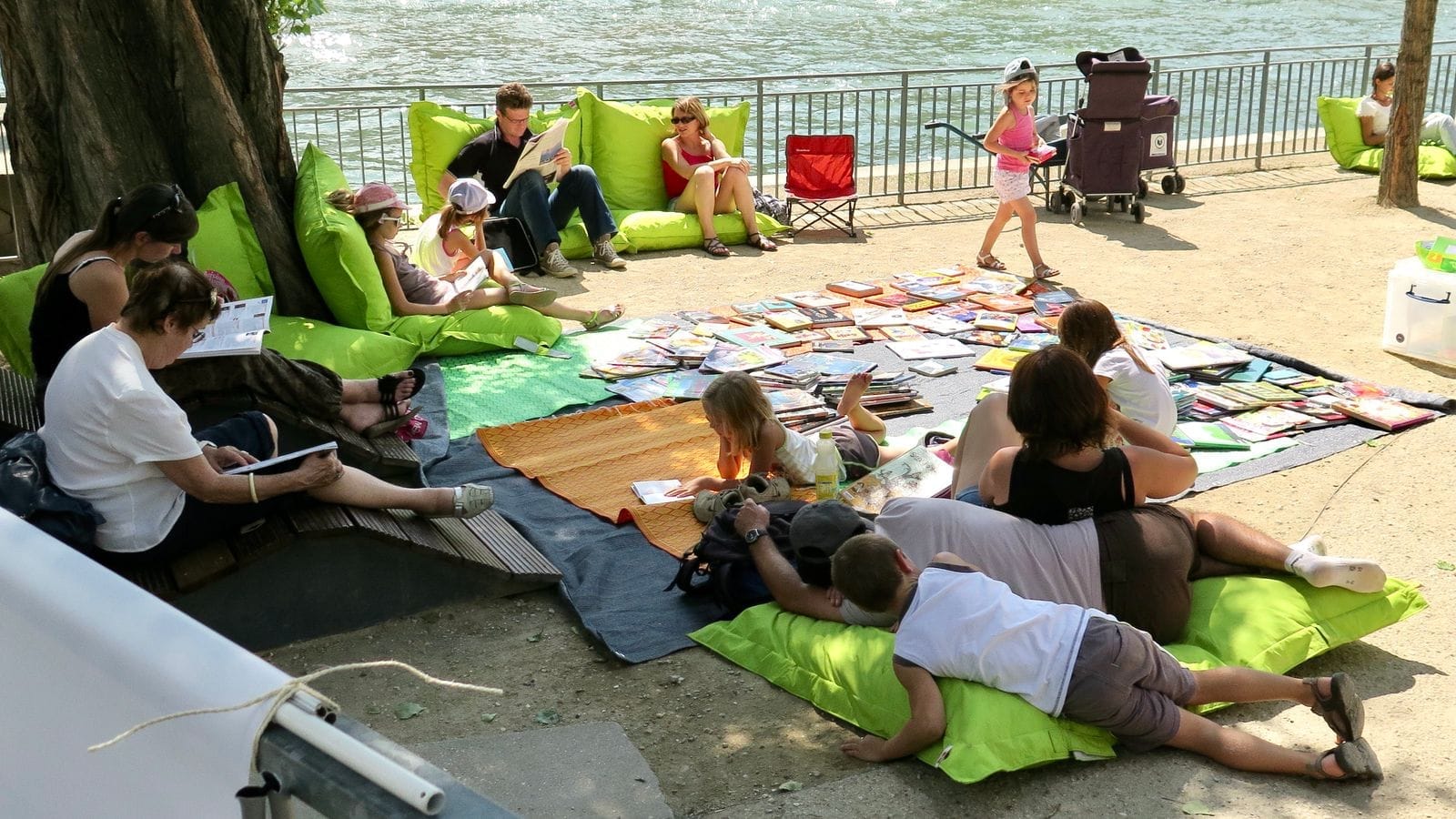
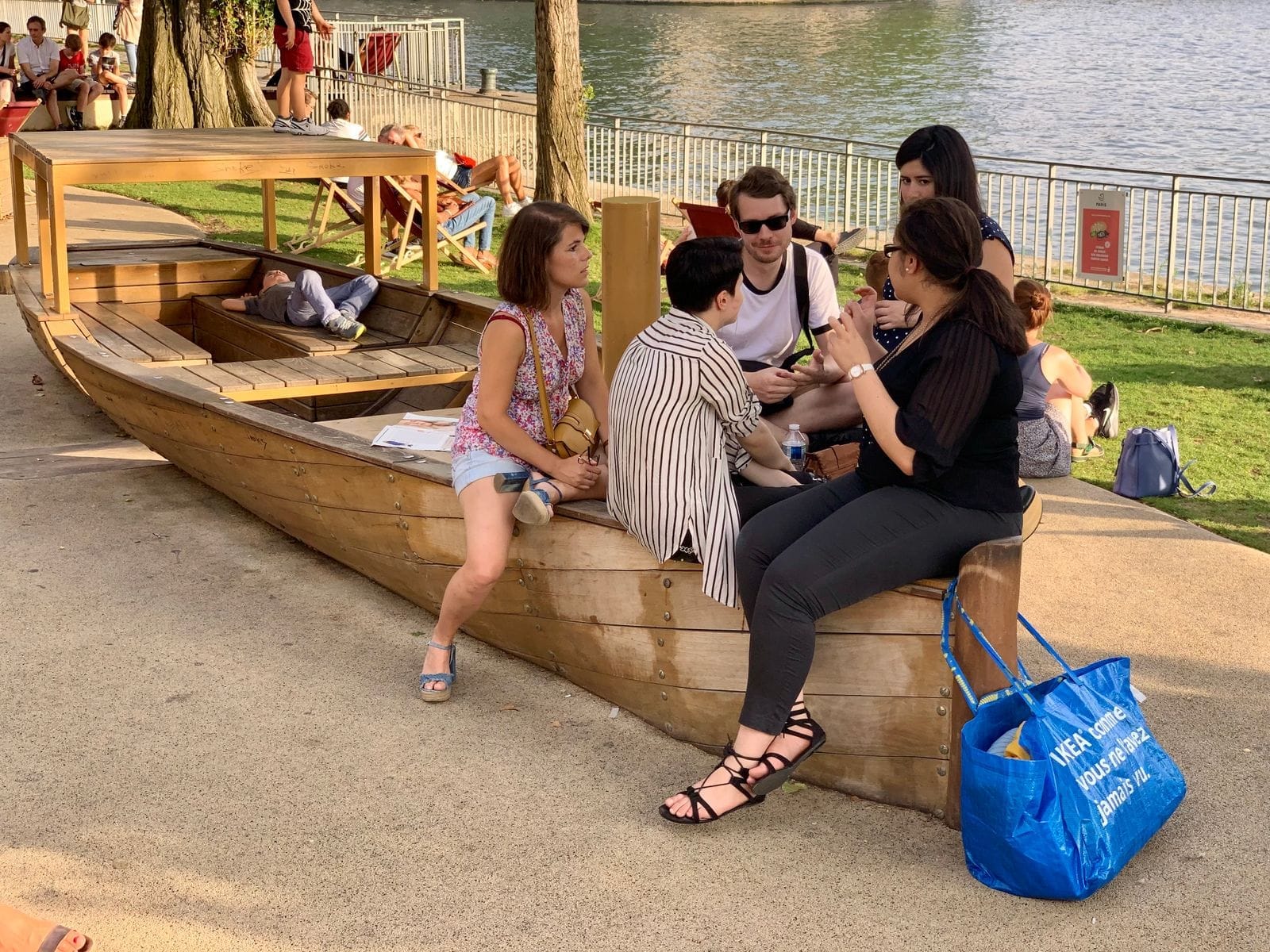
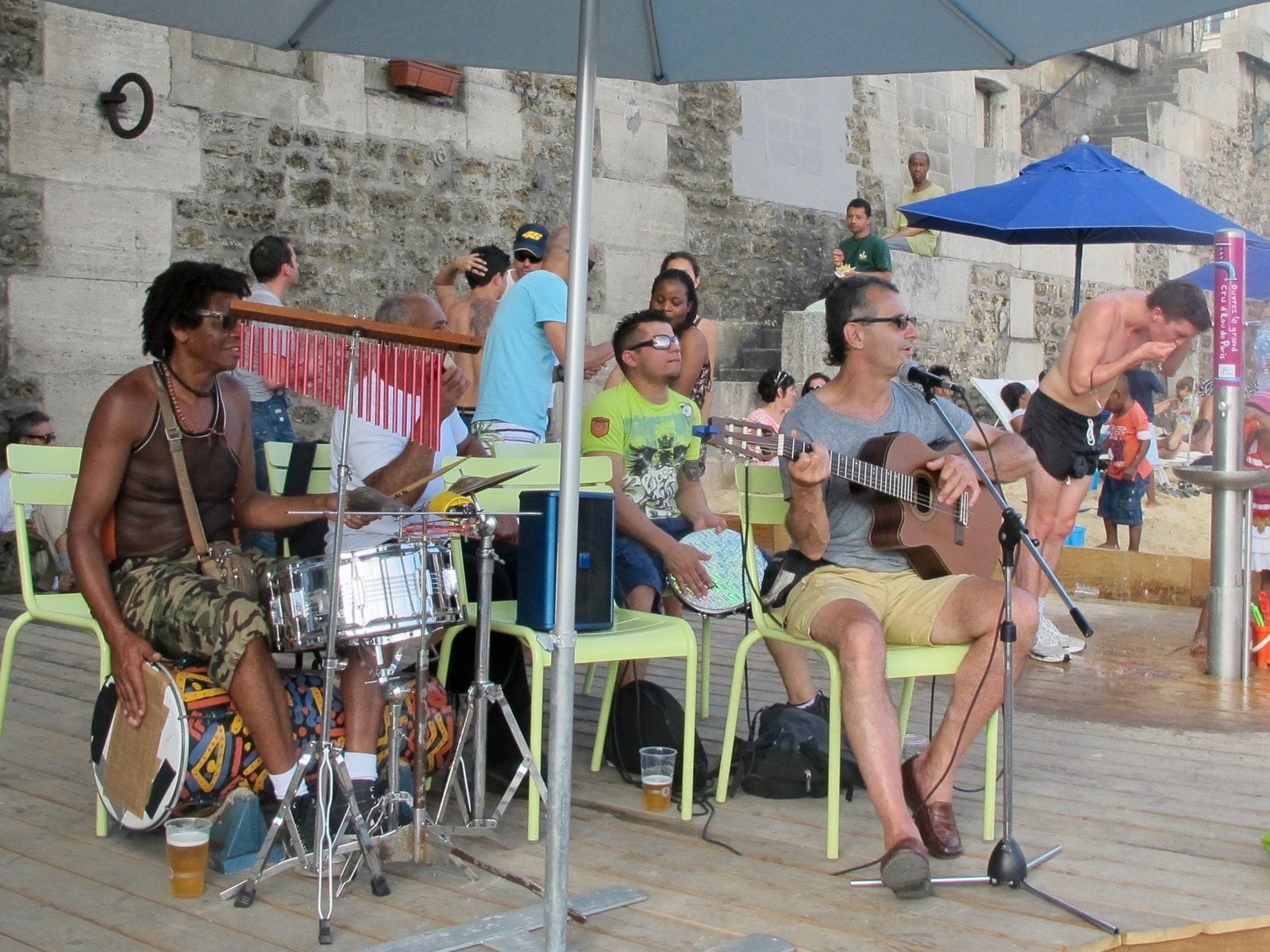
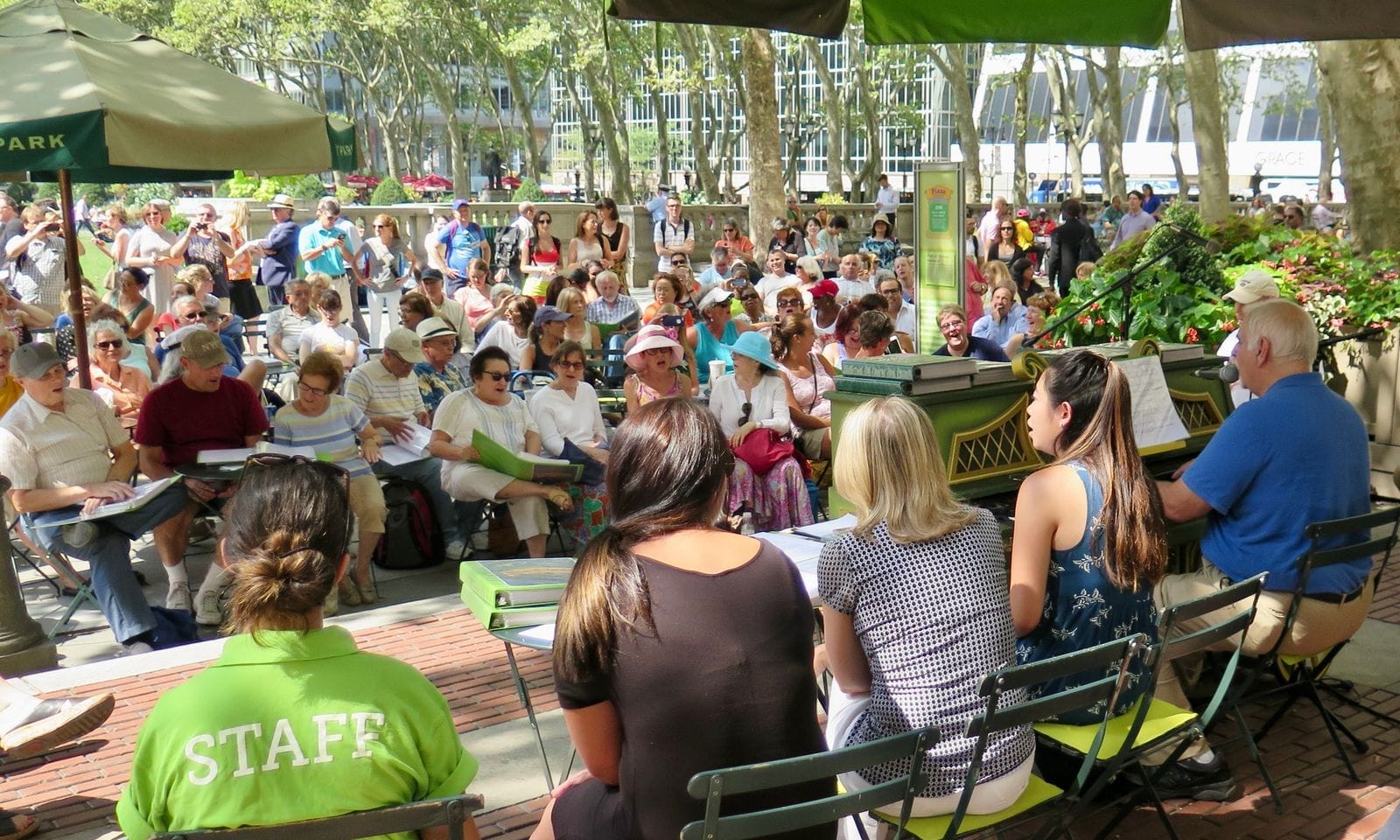
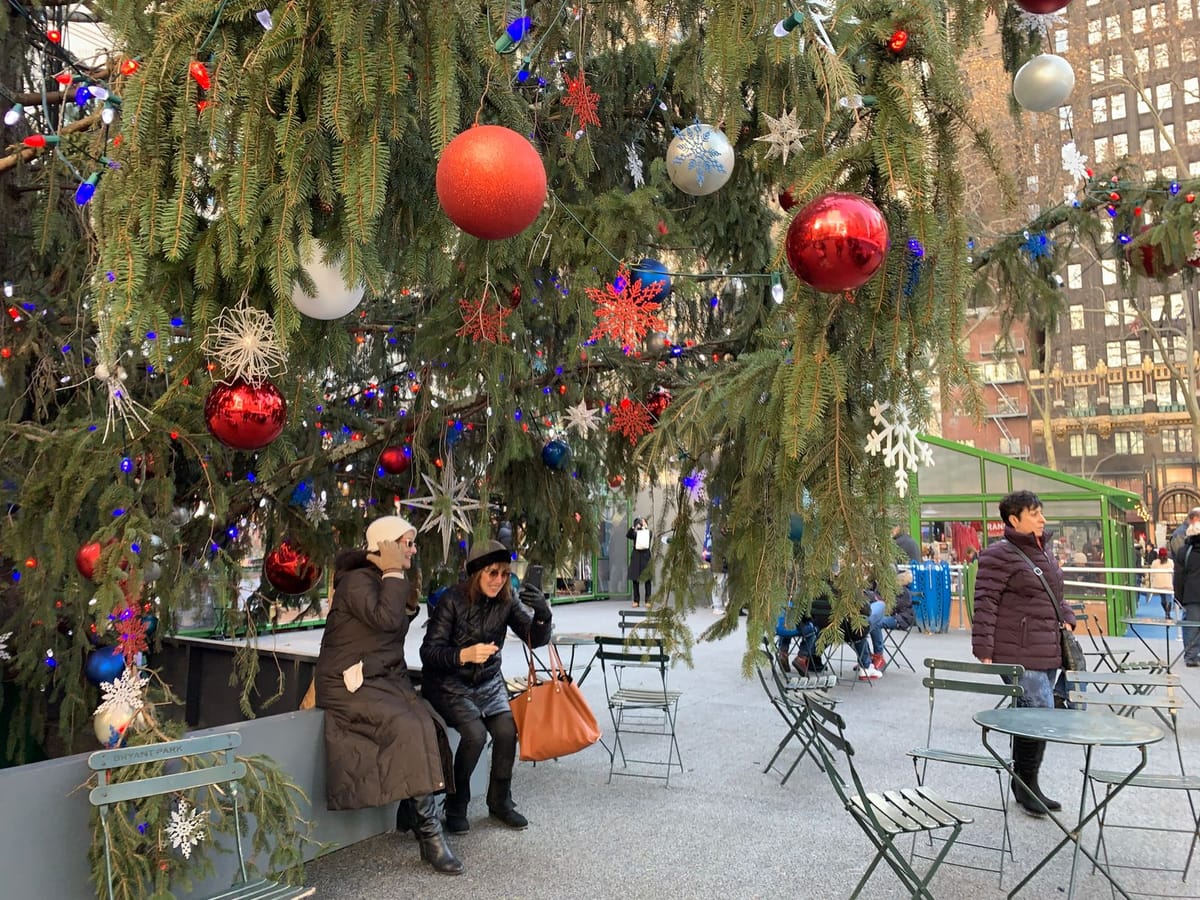
Guillermo:
The article about The Place Man documentary is my favorite because it marks a turning point — my first film and a new path. It revealed how storytelling can spark action and connection, much like Holly Whyte used film to transform how we experience public spaces.
This documentary isn’t just about looking back or ahead, but about asking the right questions. What kind of places do we want to create? How do empathy, democracy, and well-being shape our cities? My next film will dive into how love and community can become the foundation for cities that truly belong to their people, inspired by Jane Jacobs’ faith in the power of ordinary people to lead extraordinary change.
This isn’t just about making films, it’s about creating movements. Programs rooted in love can be picked up by anyone that is ready to act, whether they call themselves “place men,” “place women,” or simply “place people.” The goal is the same: to shape cities built on love, democracy, and well-being – together.
